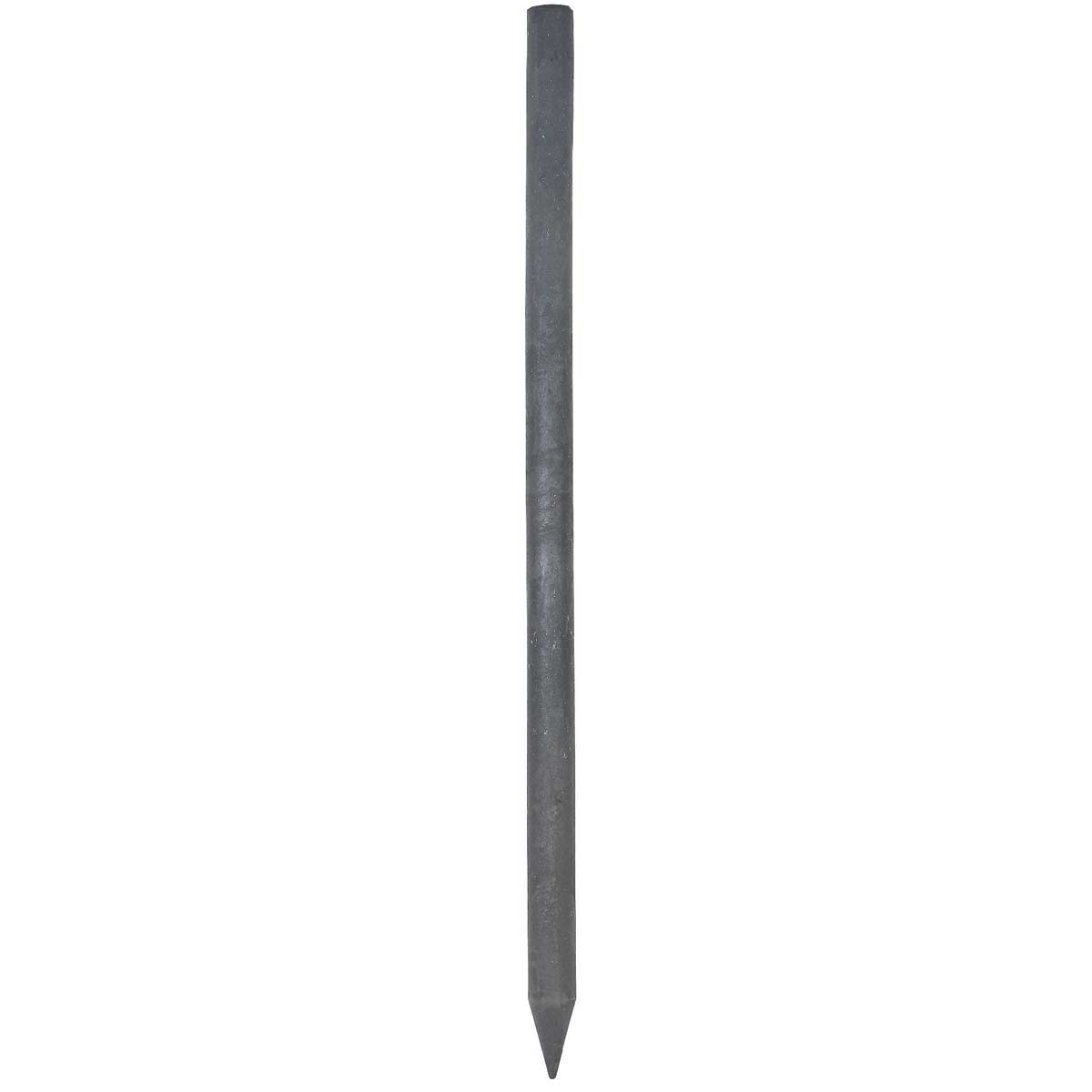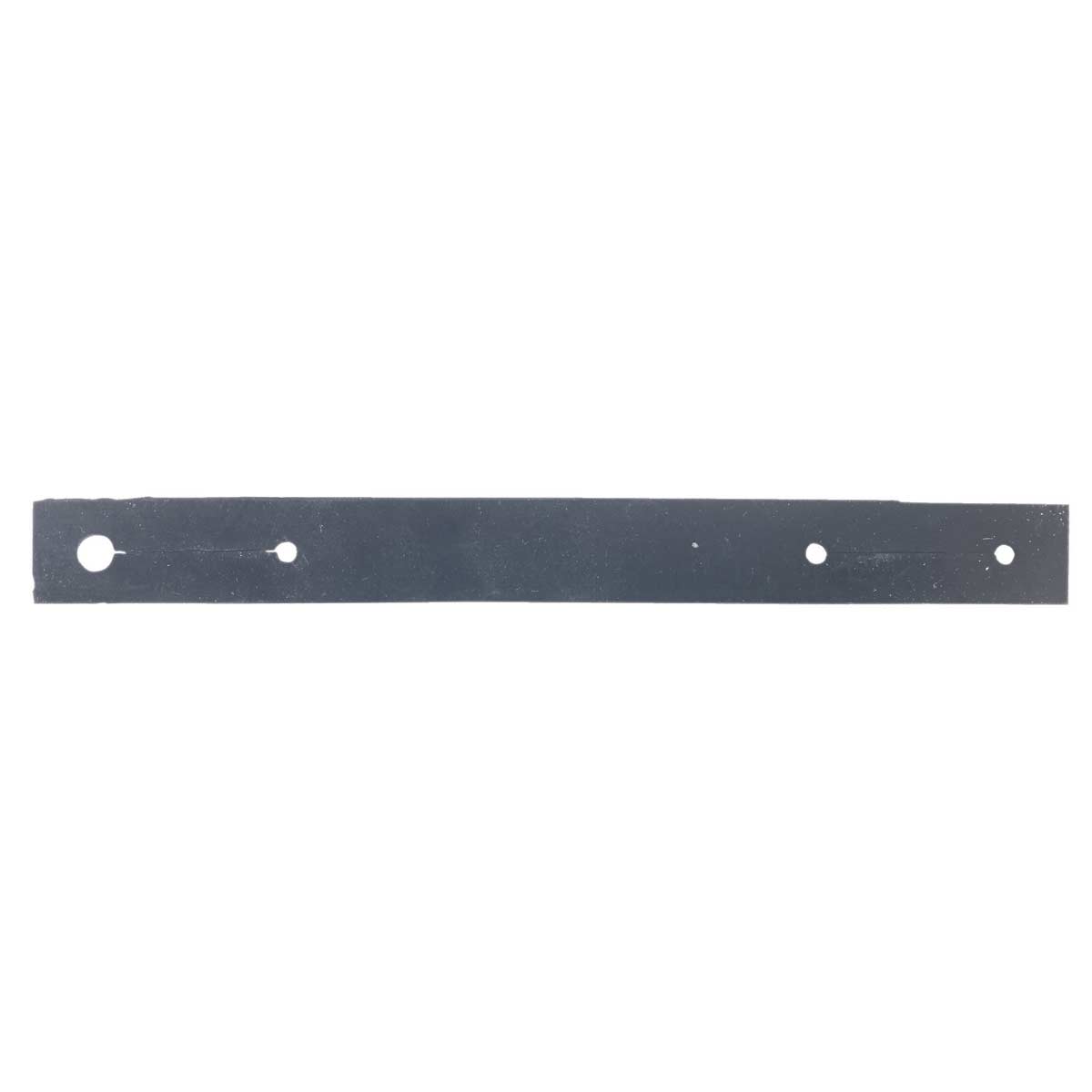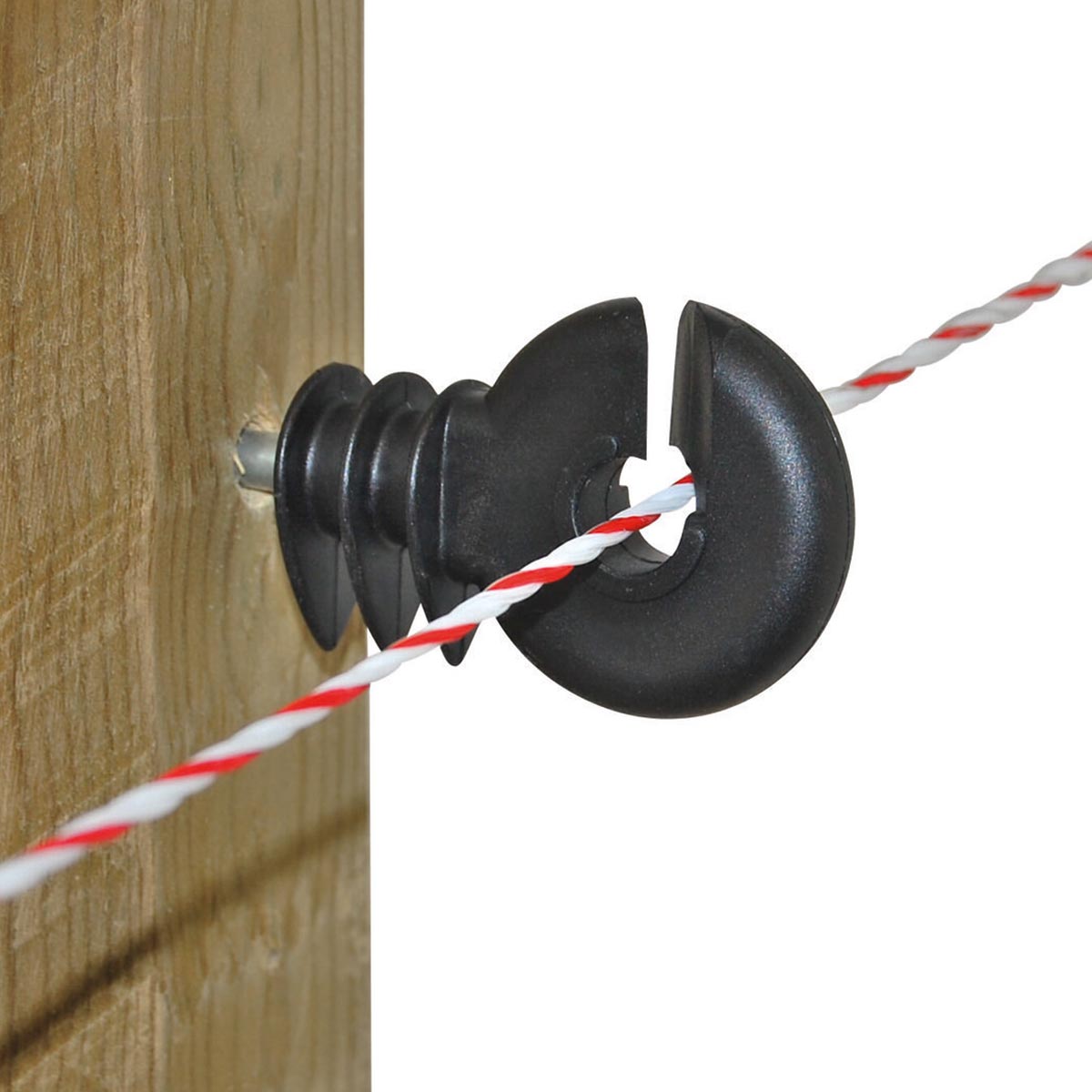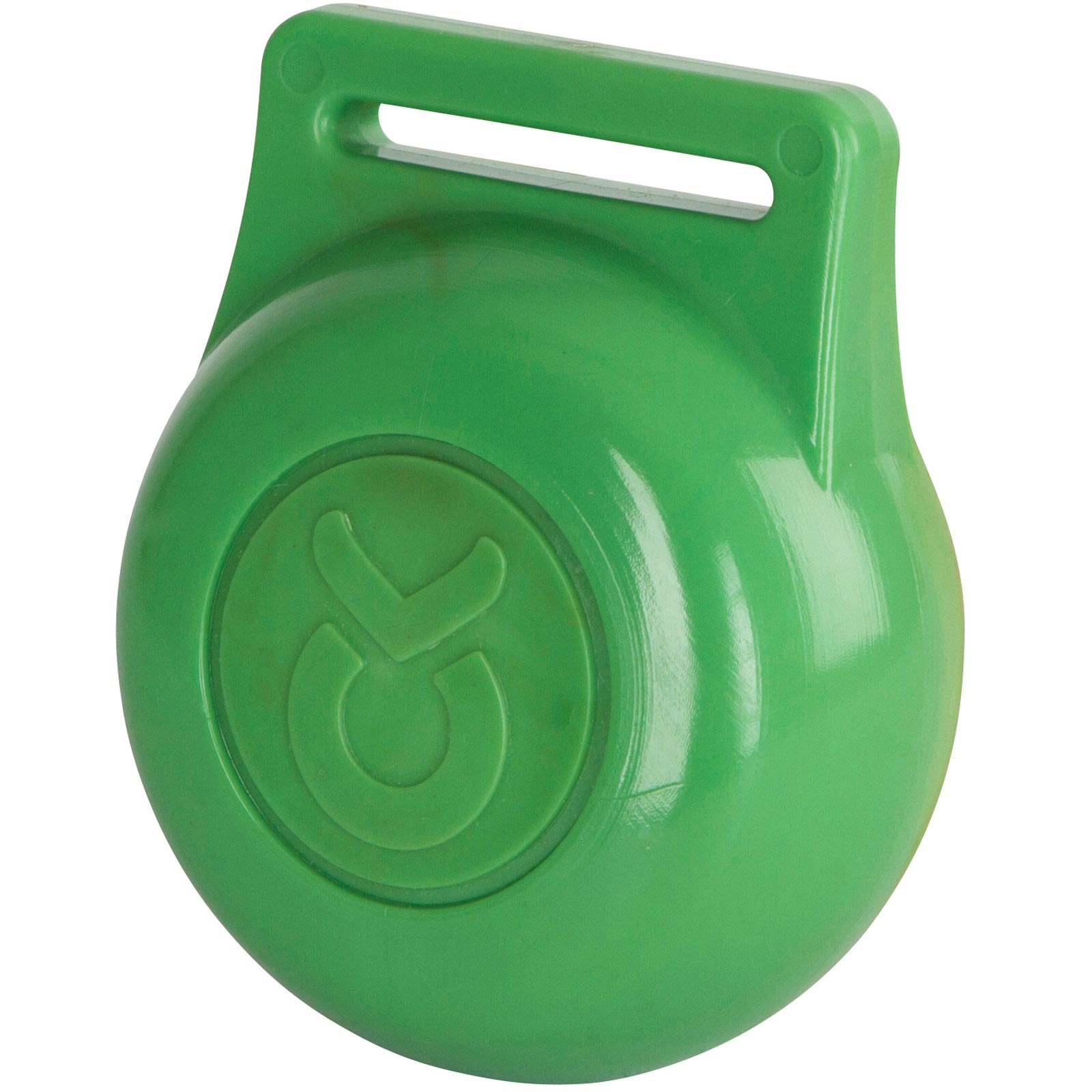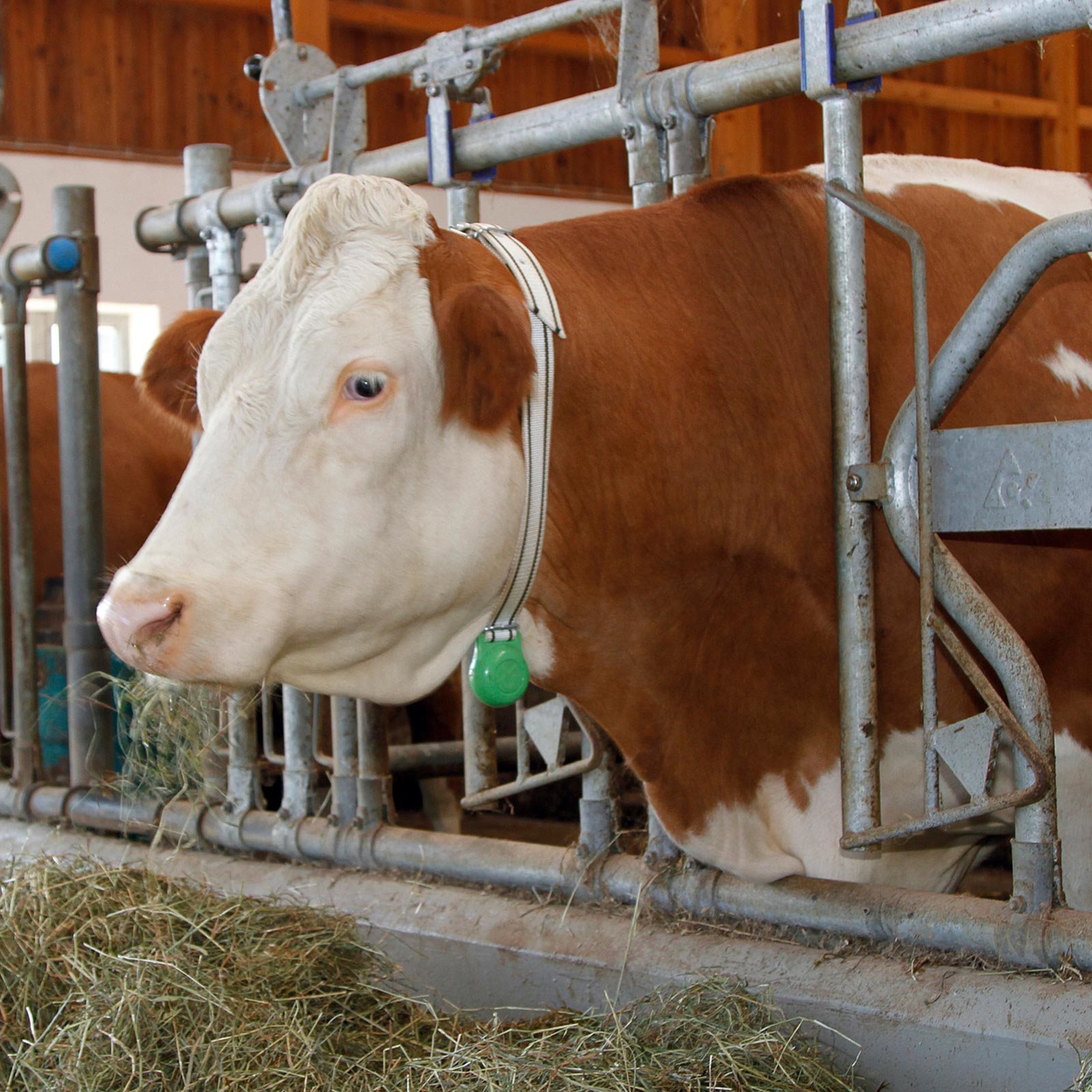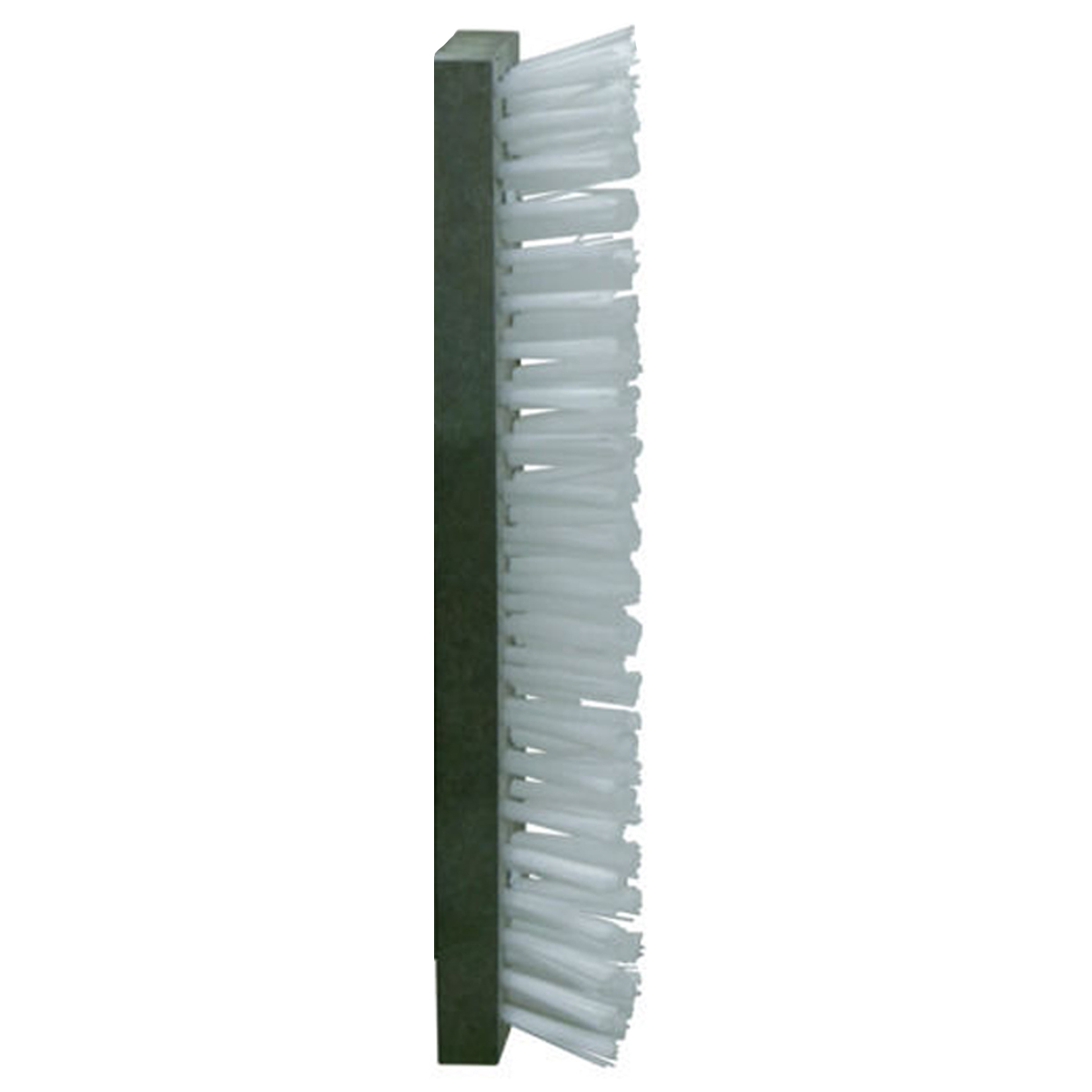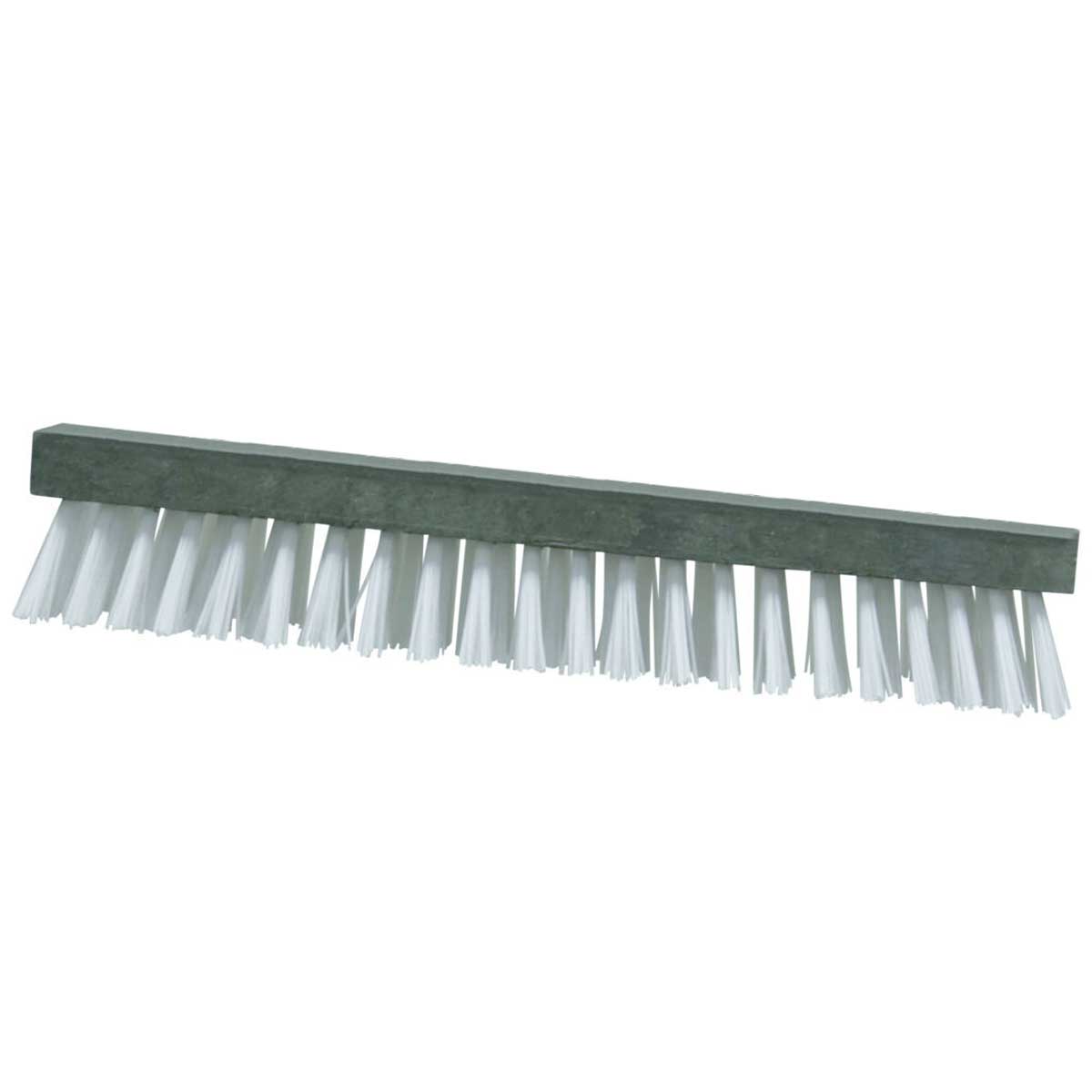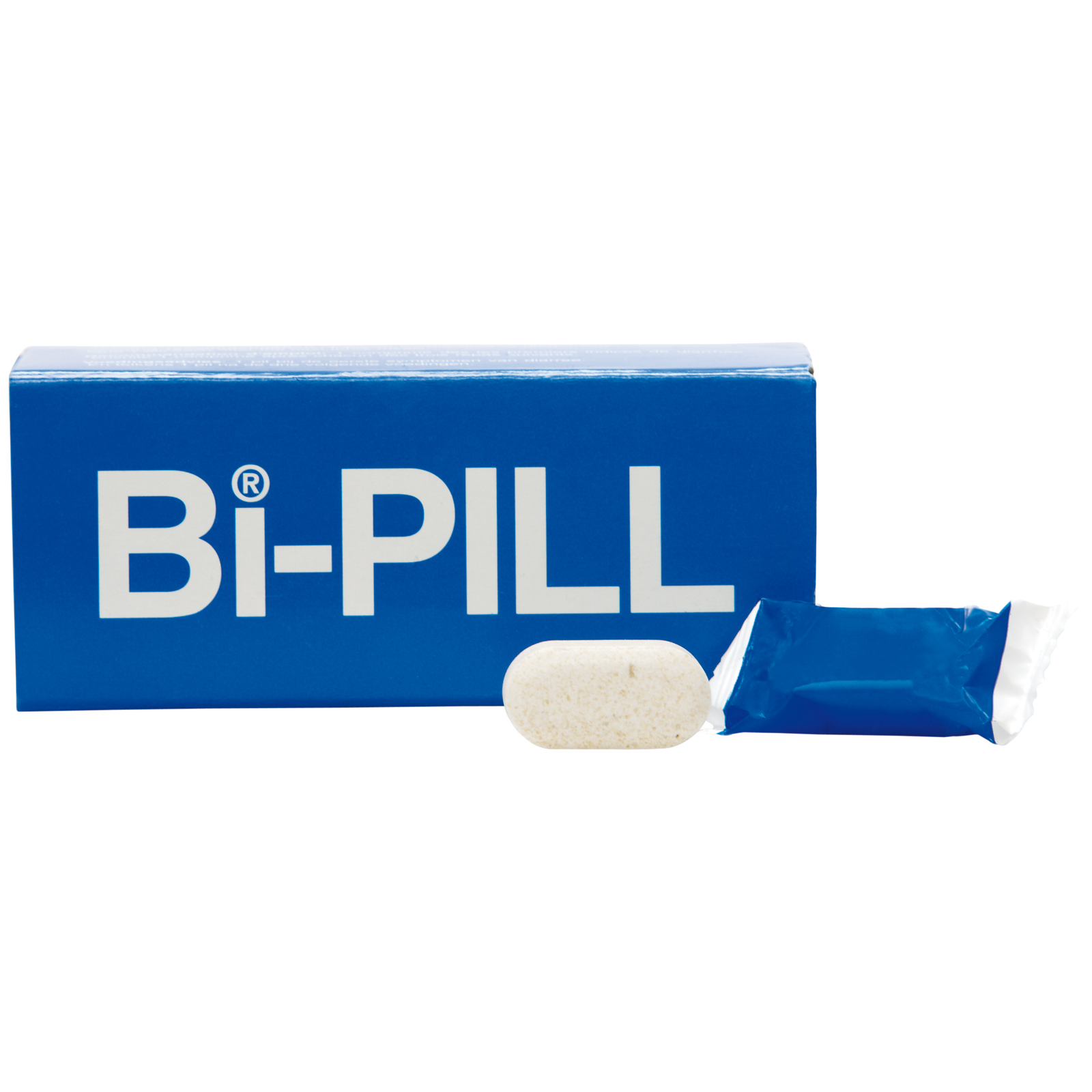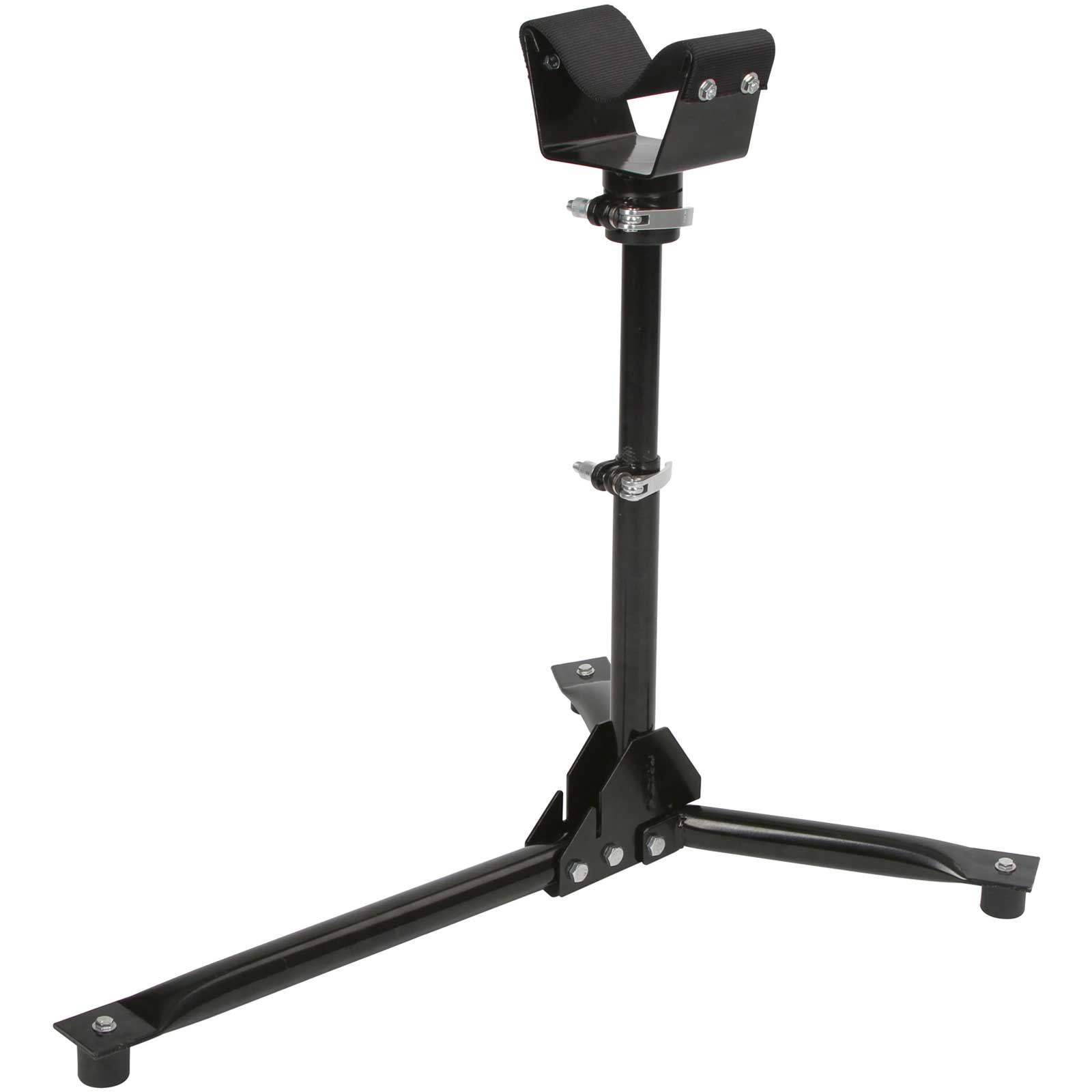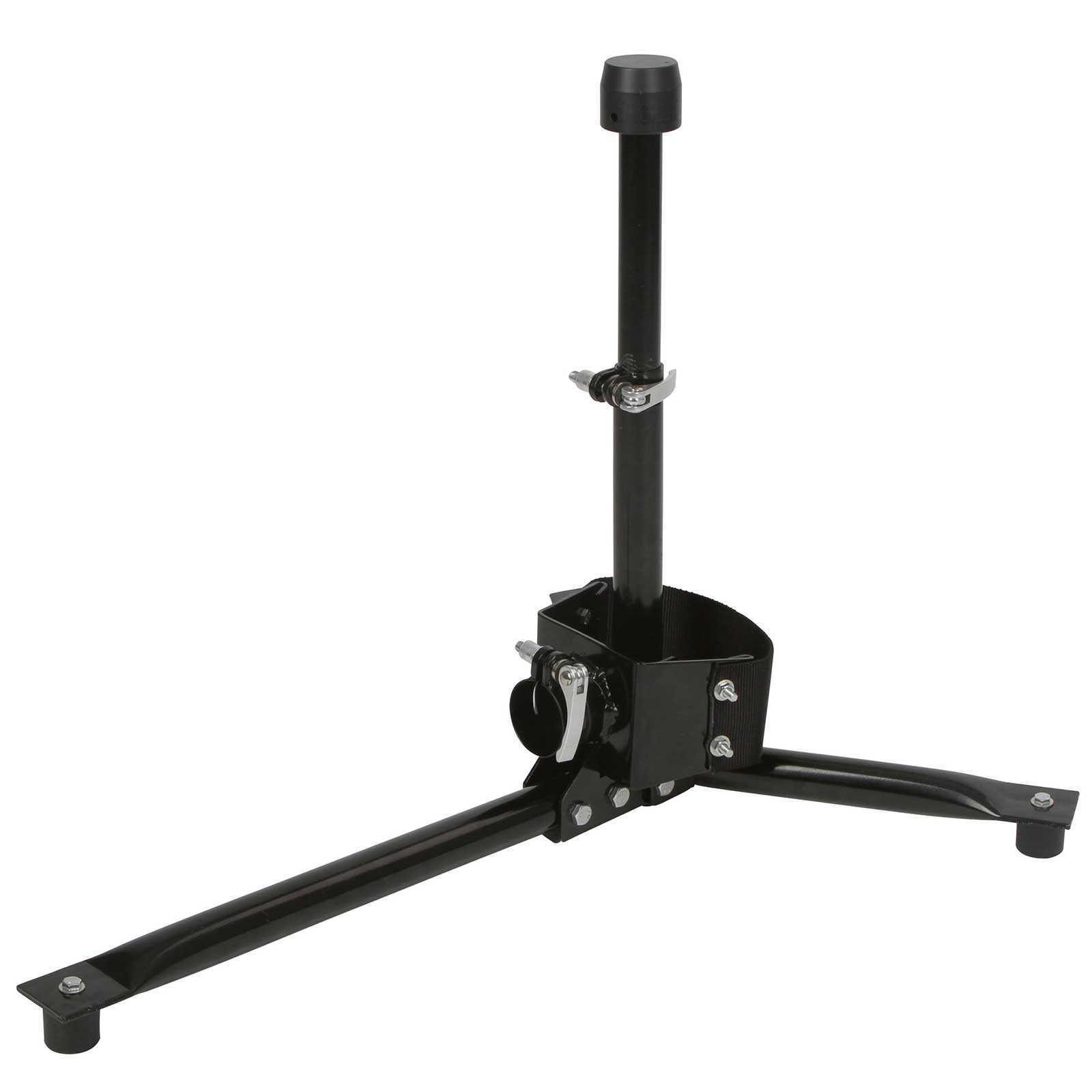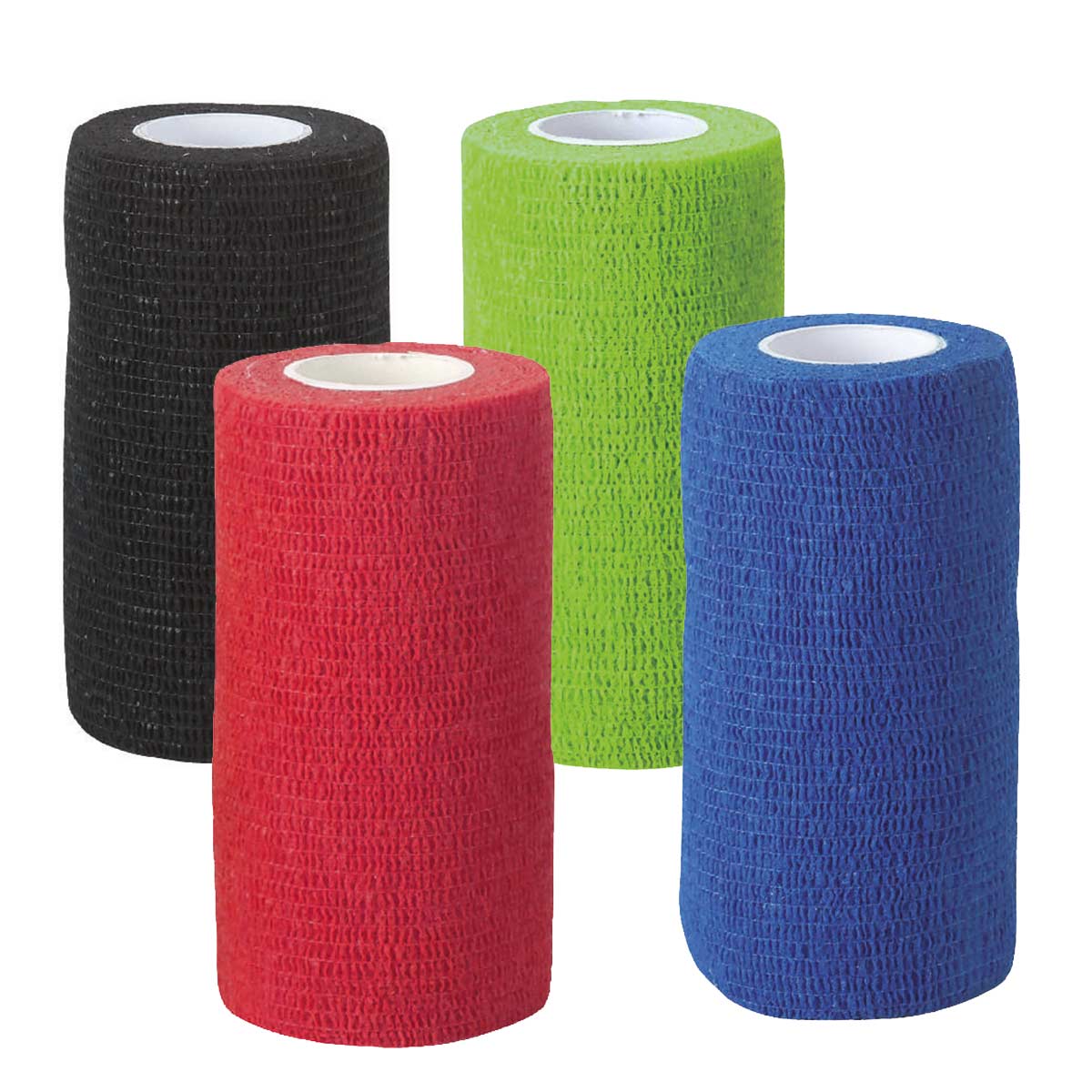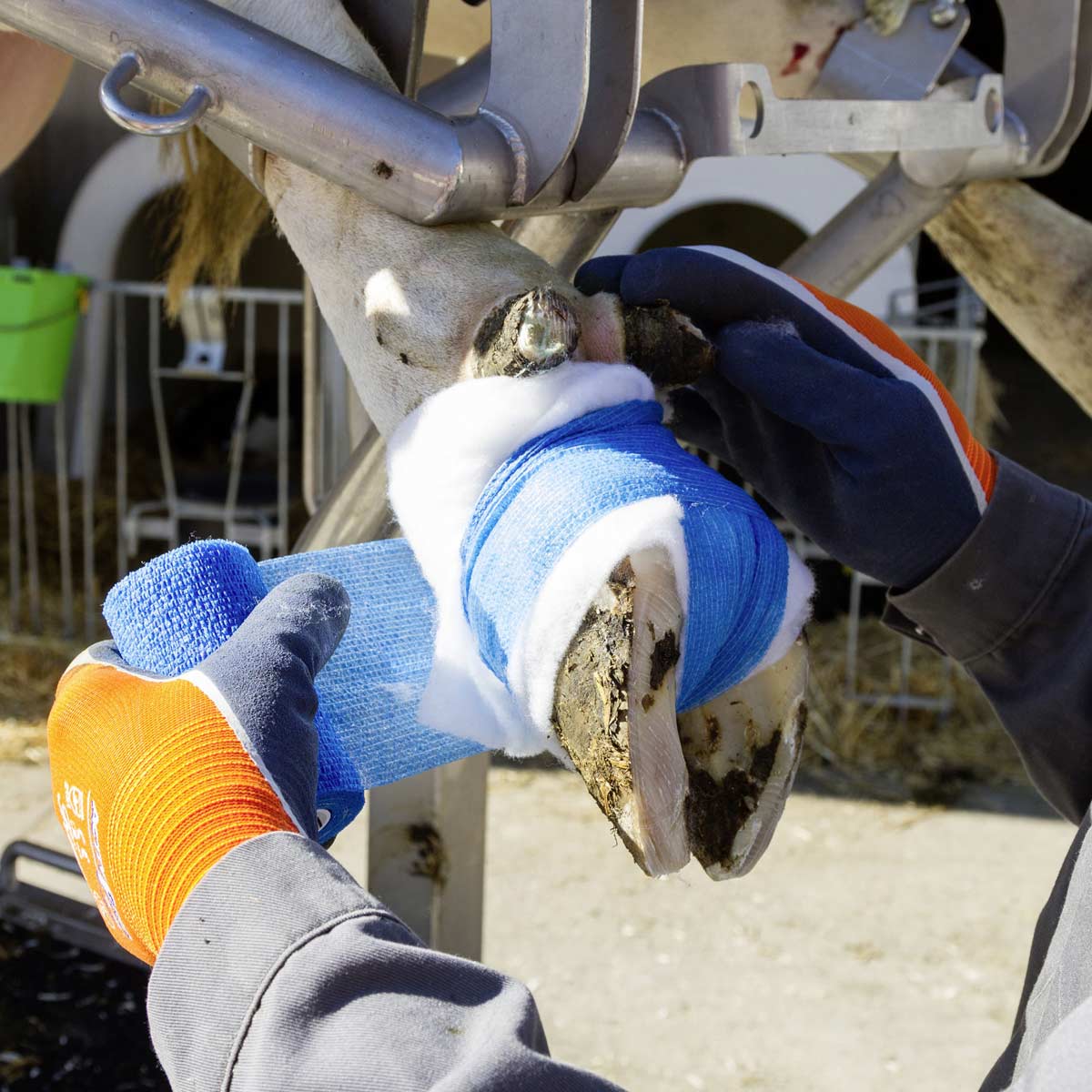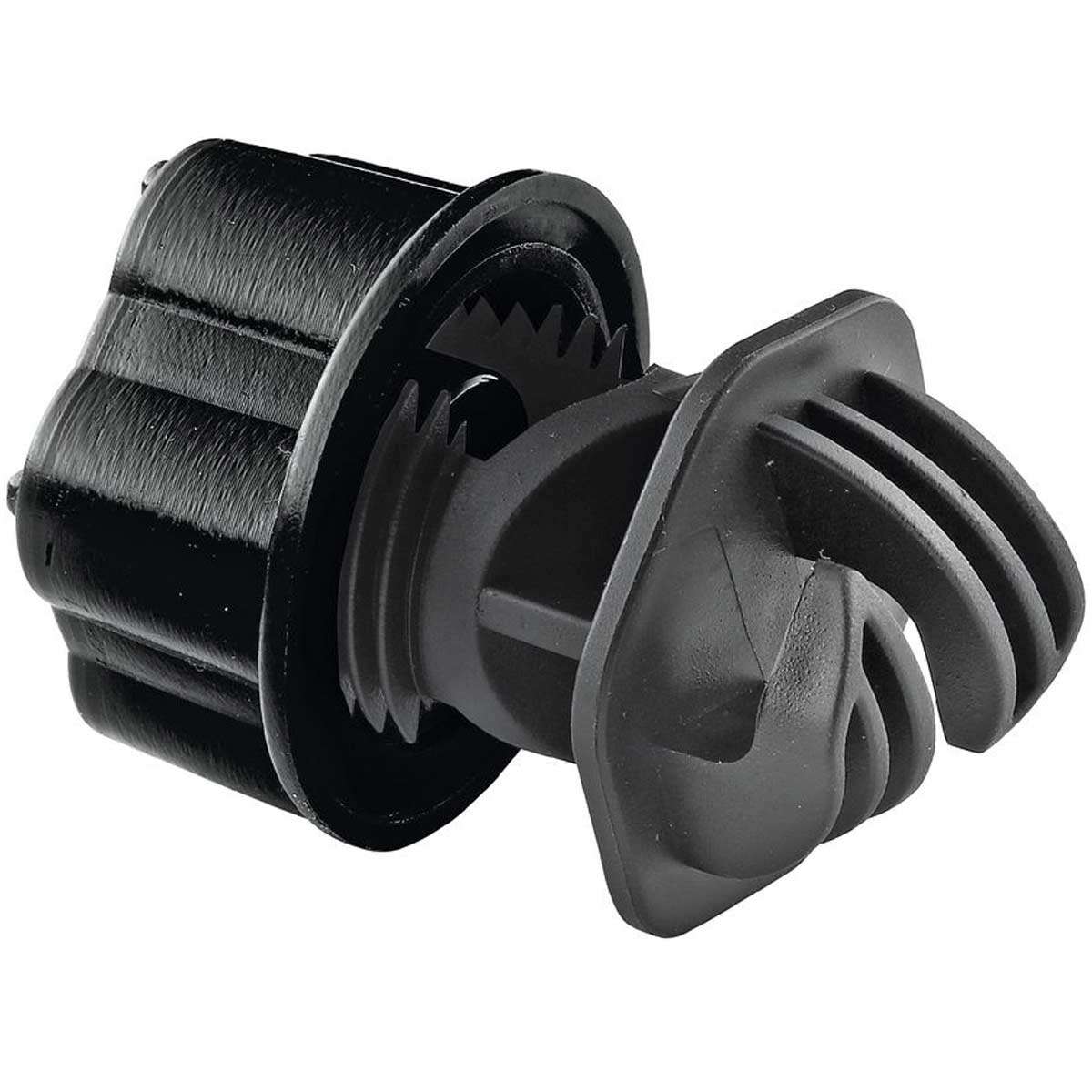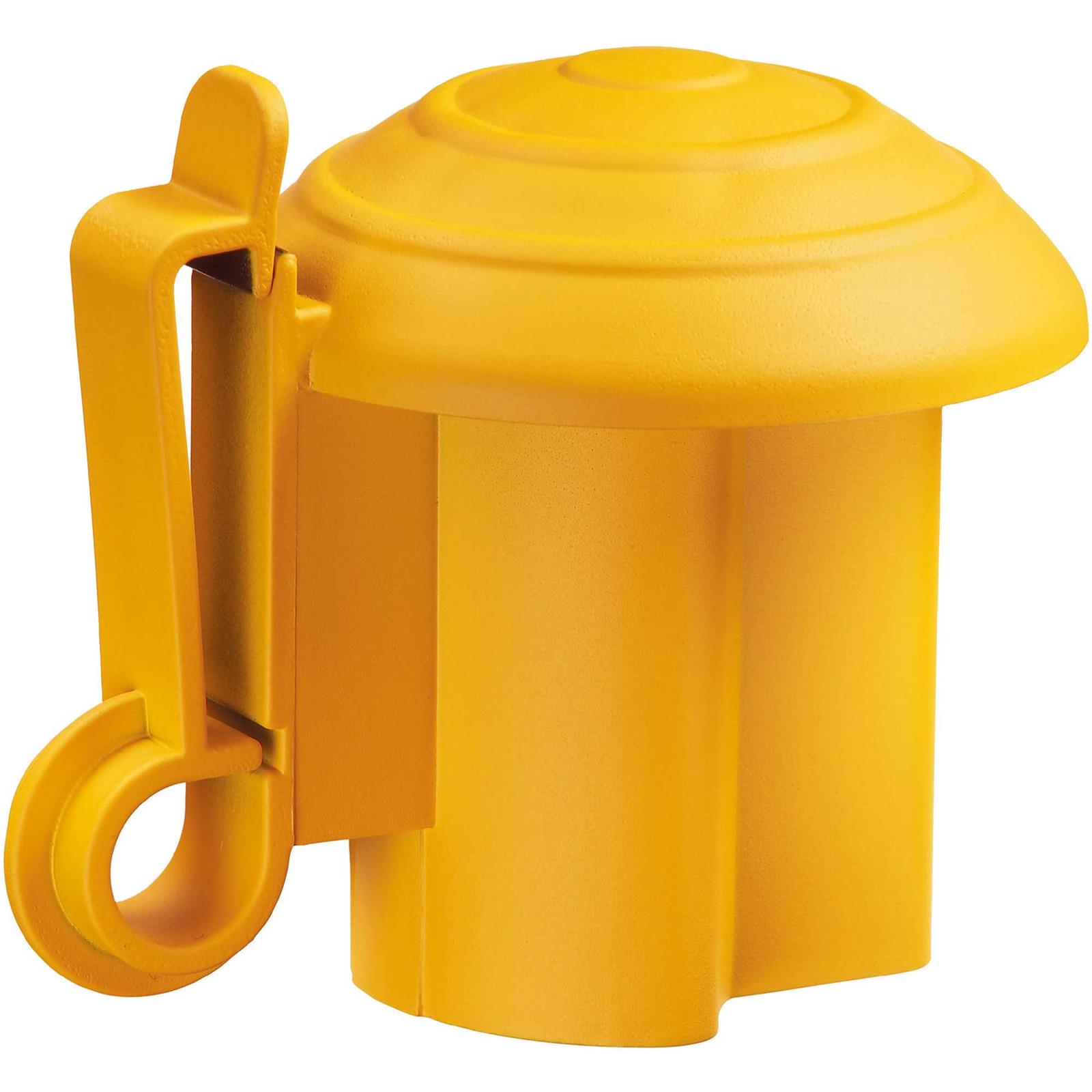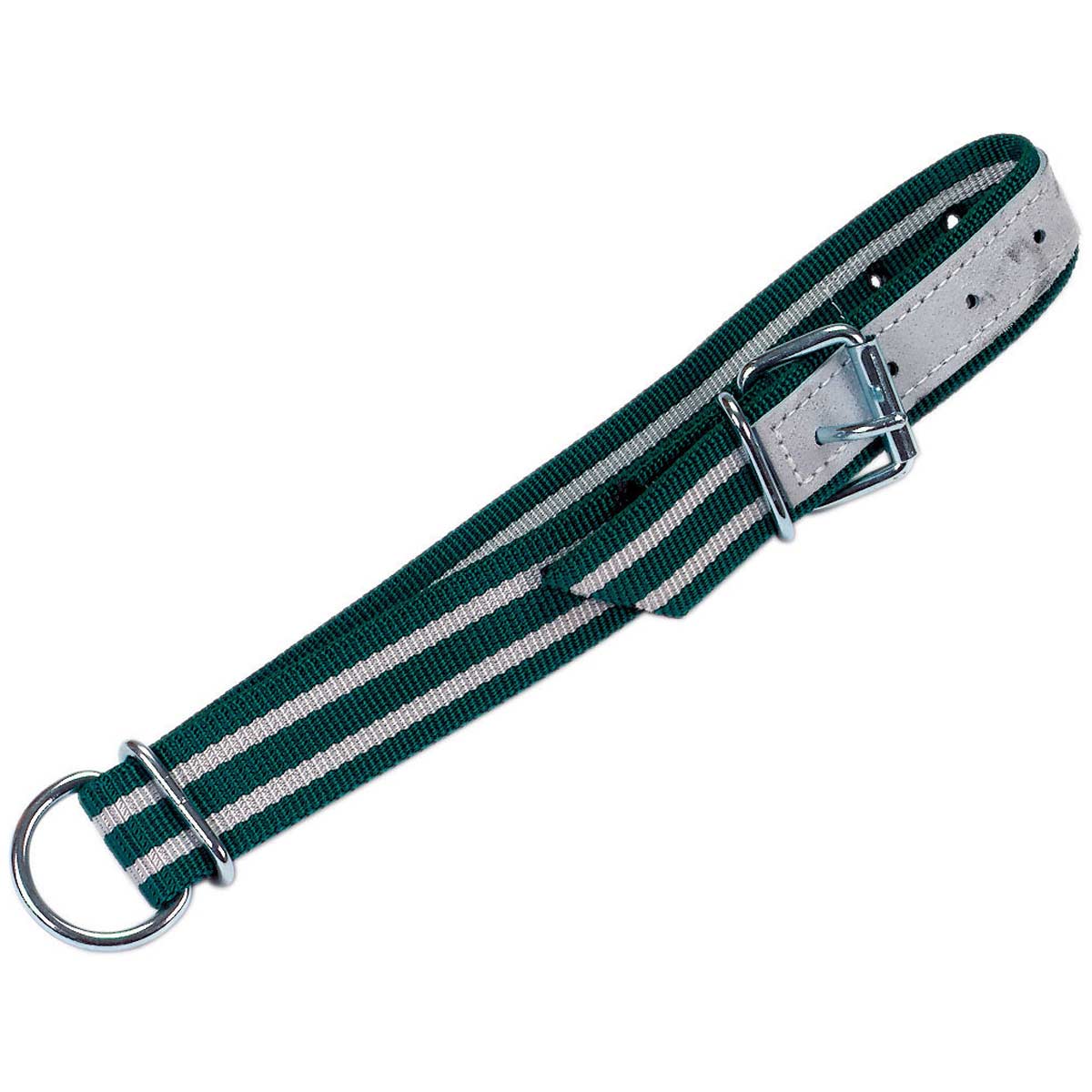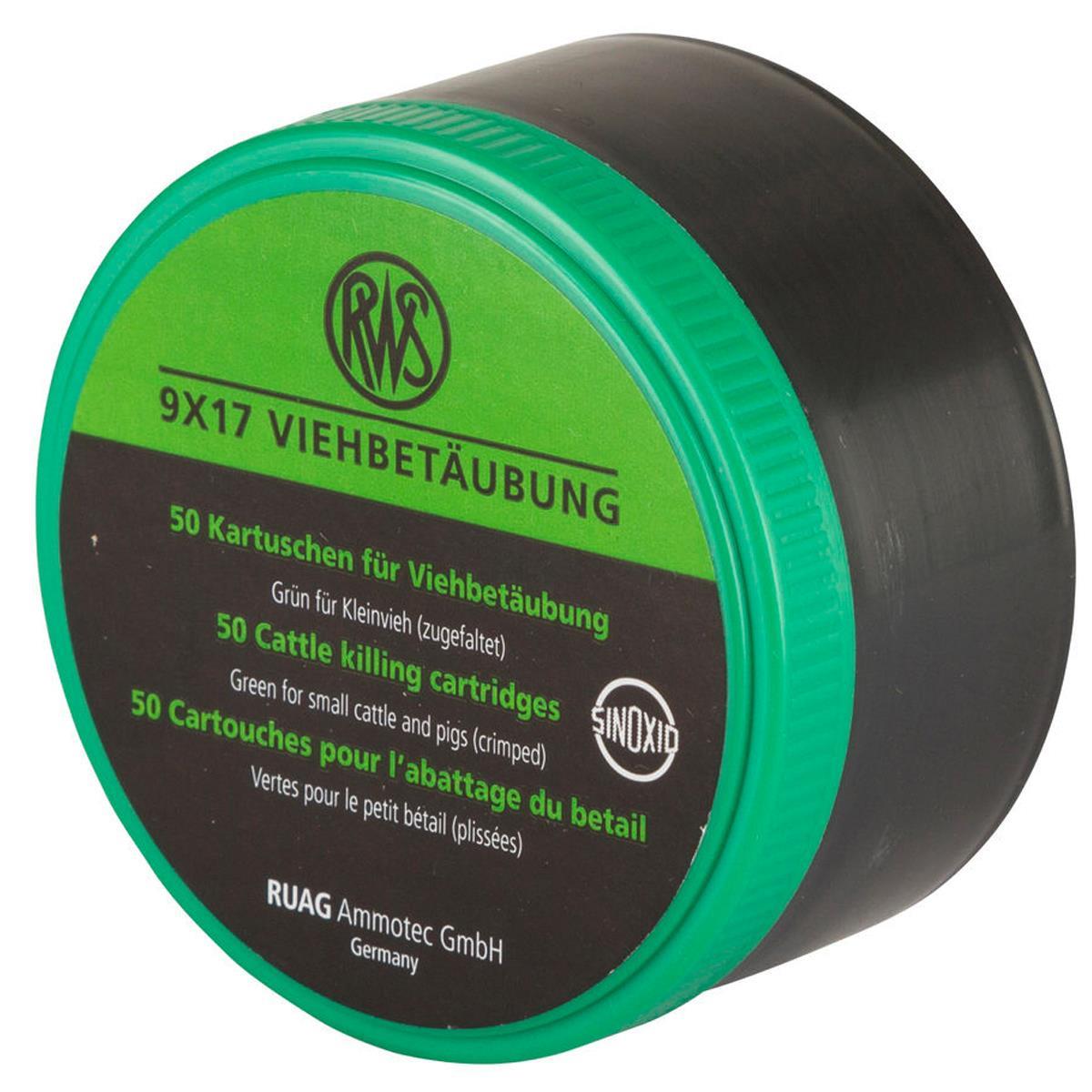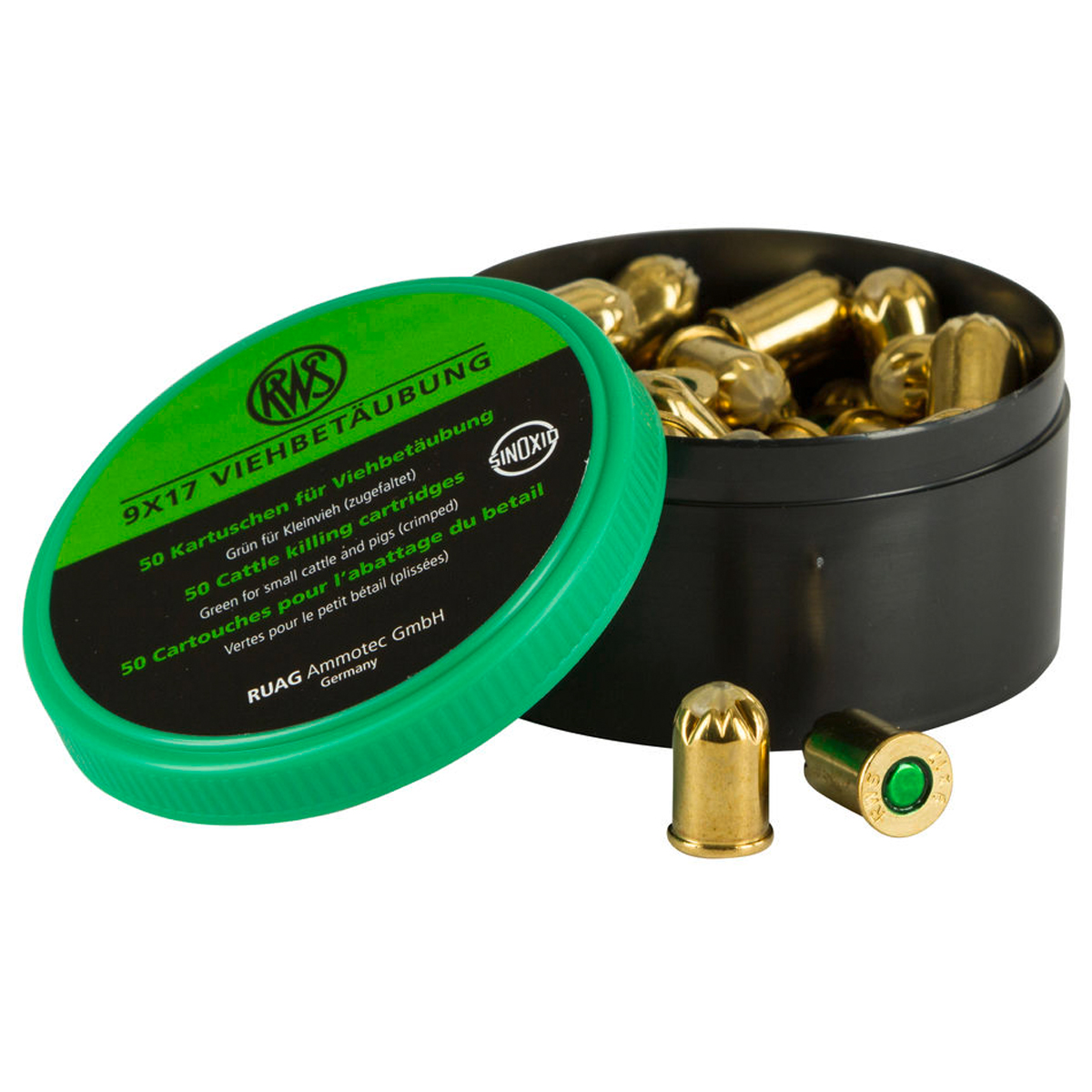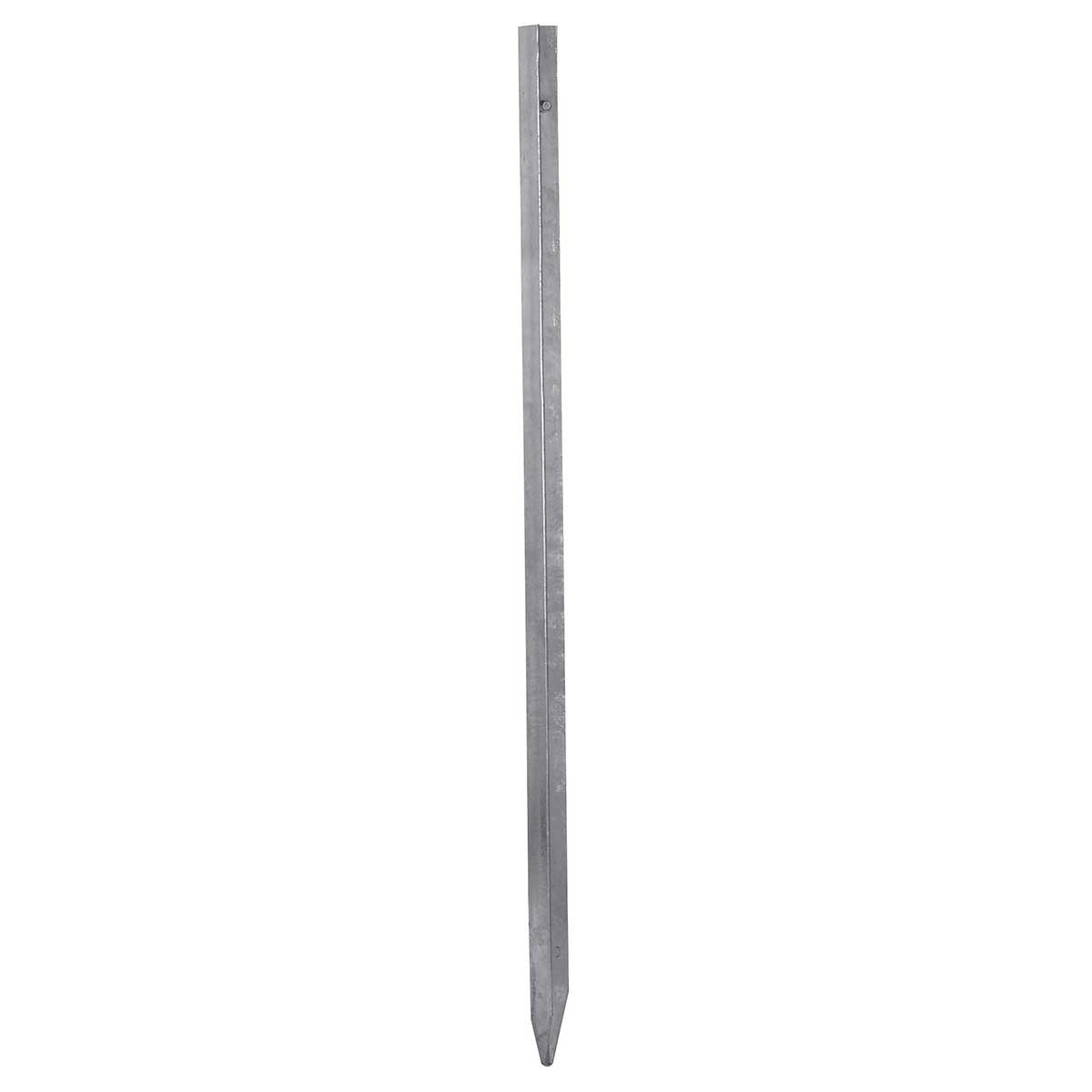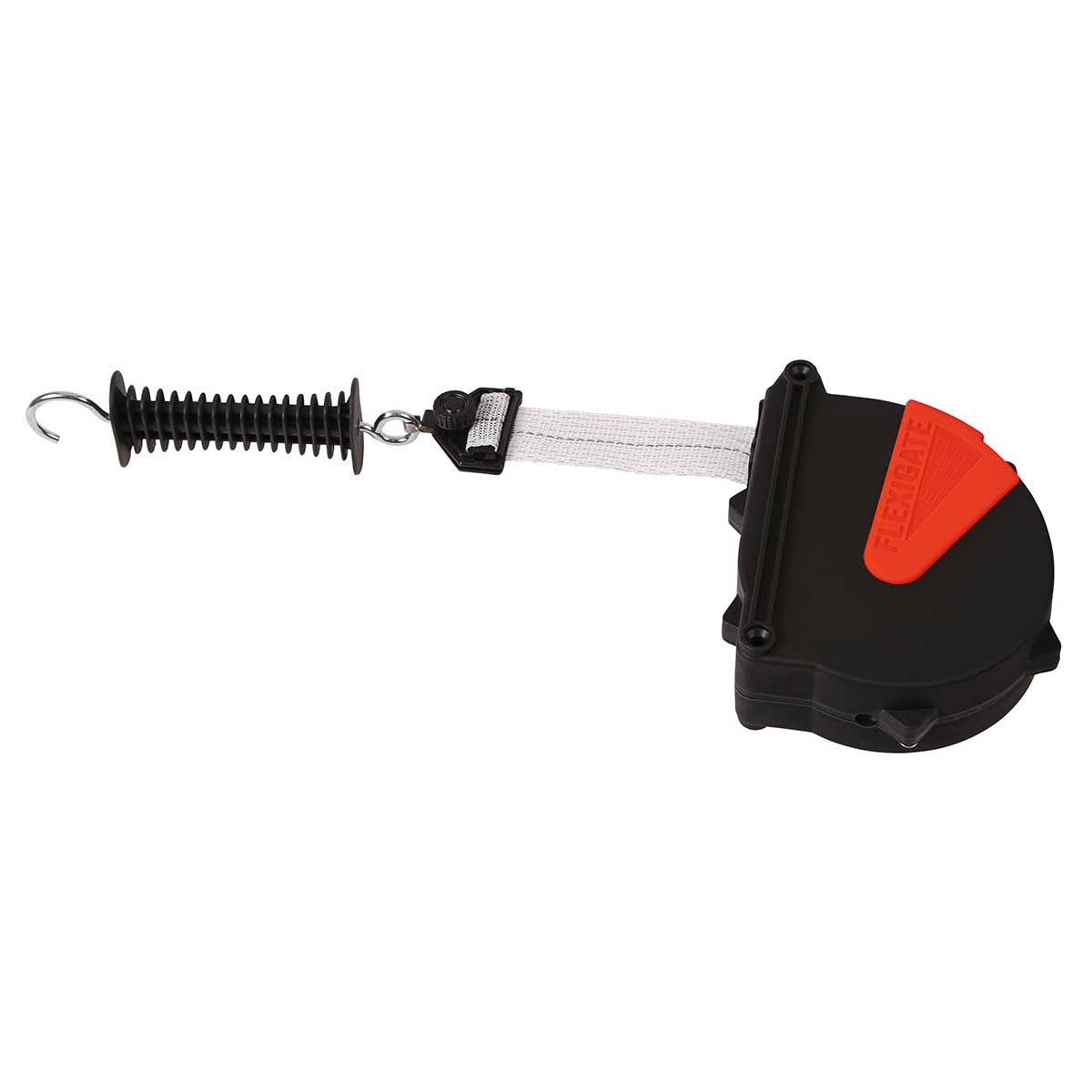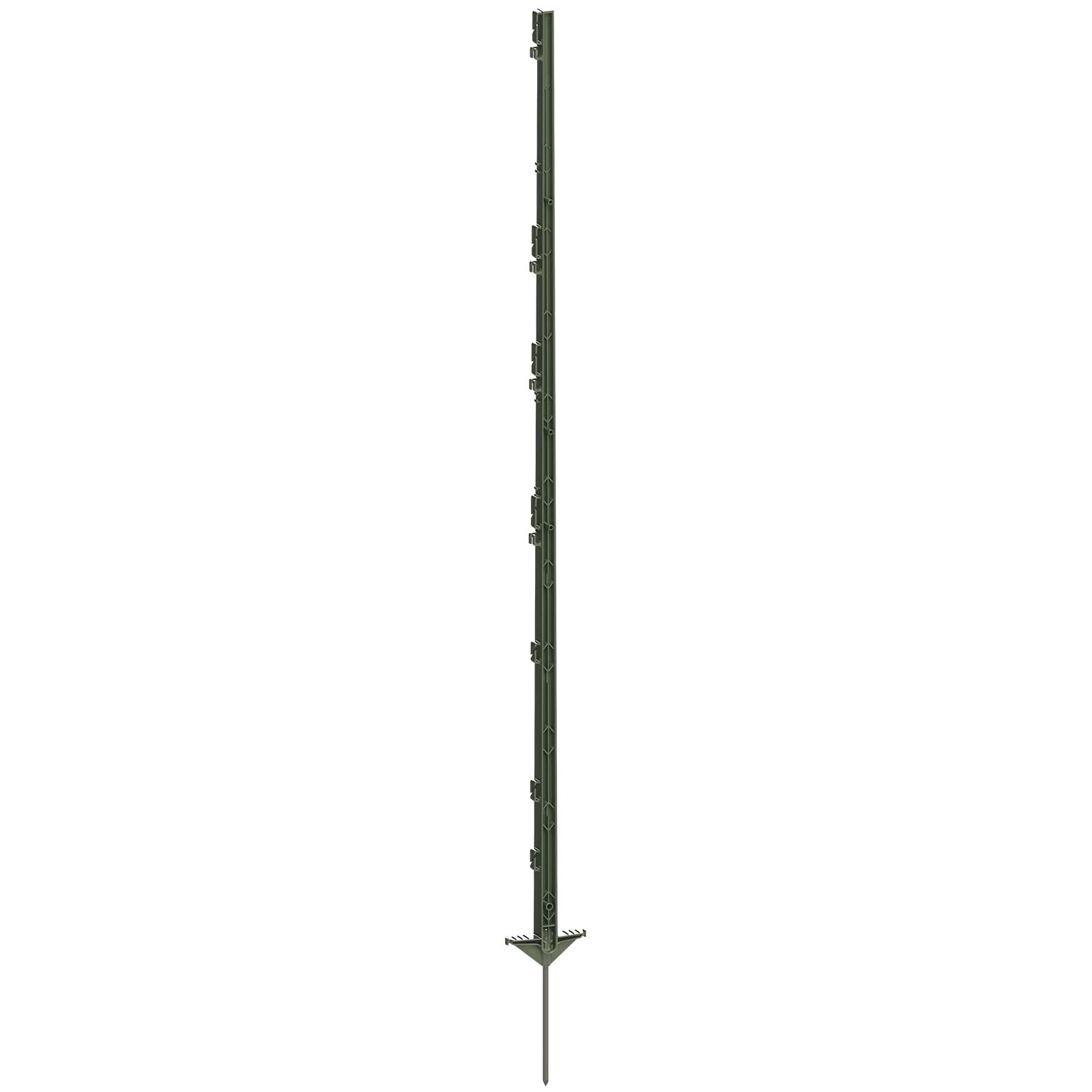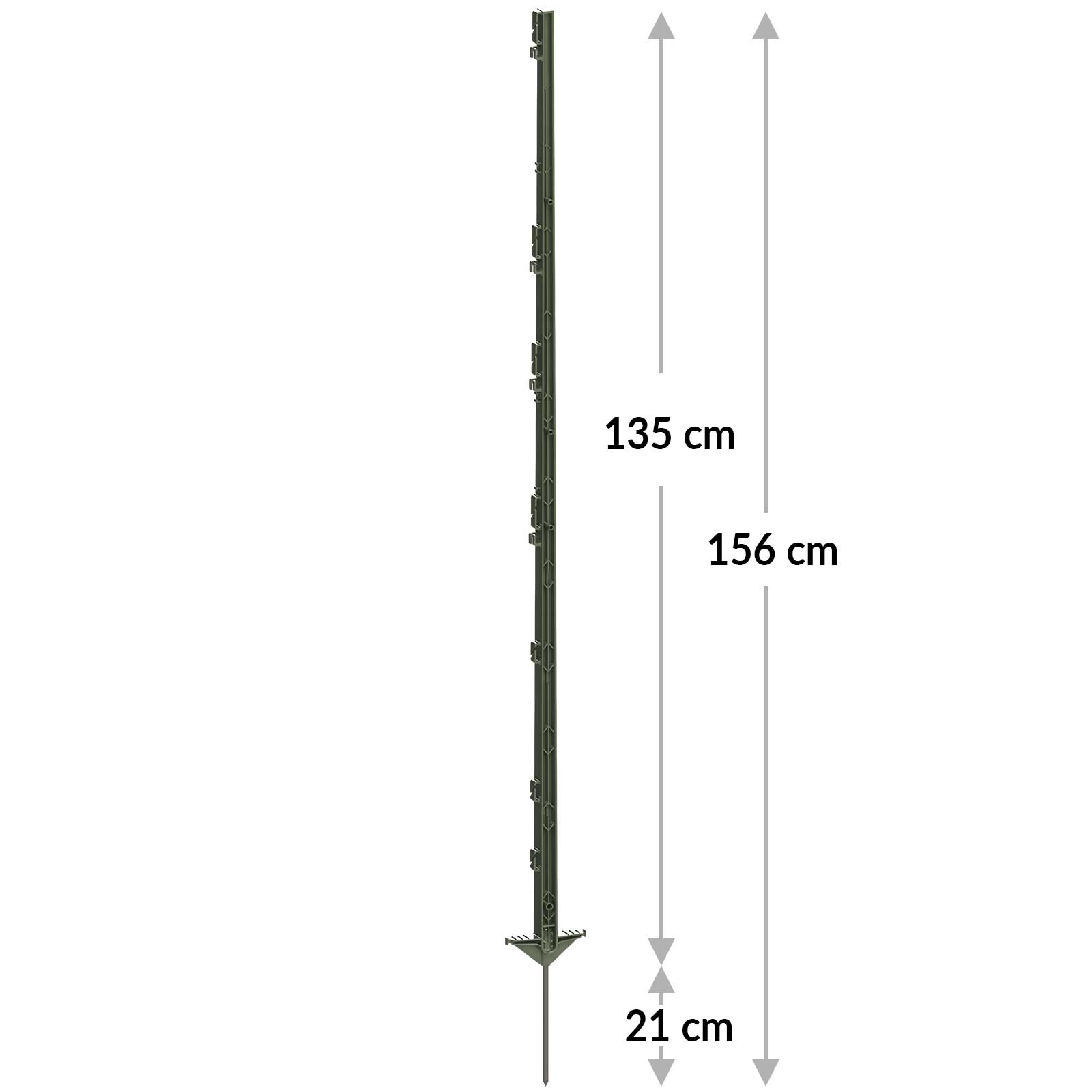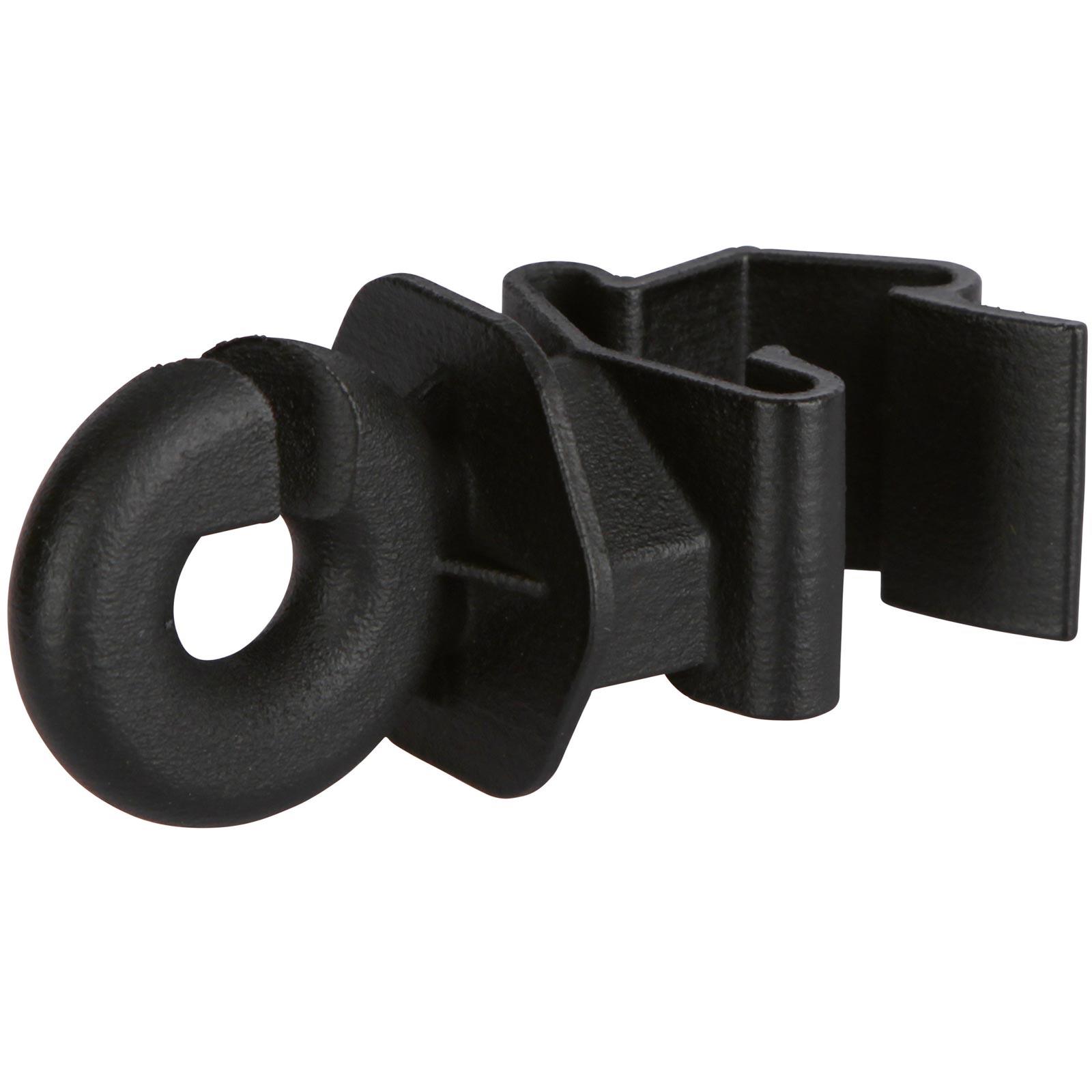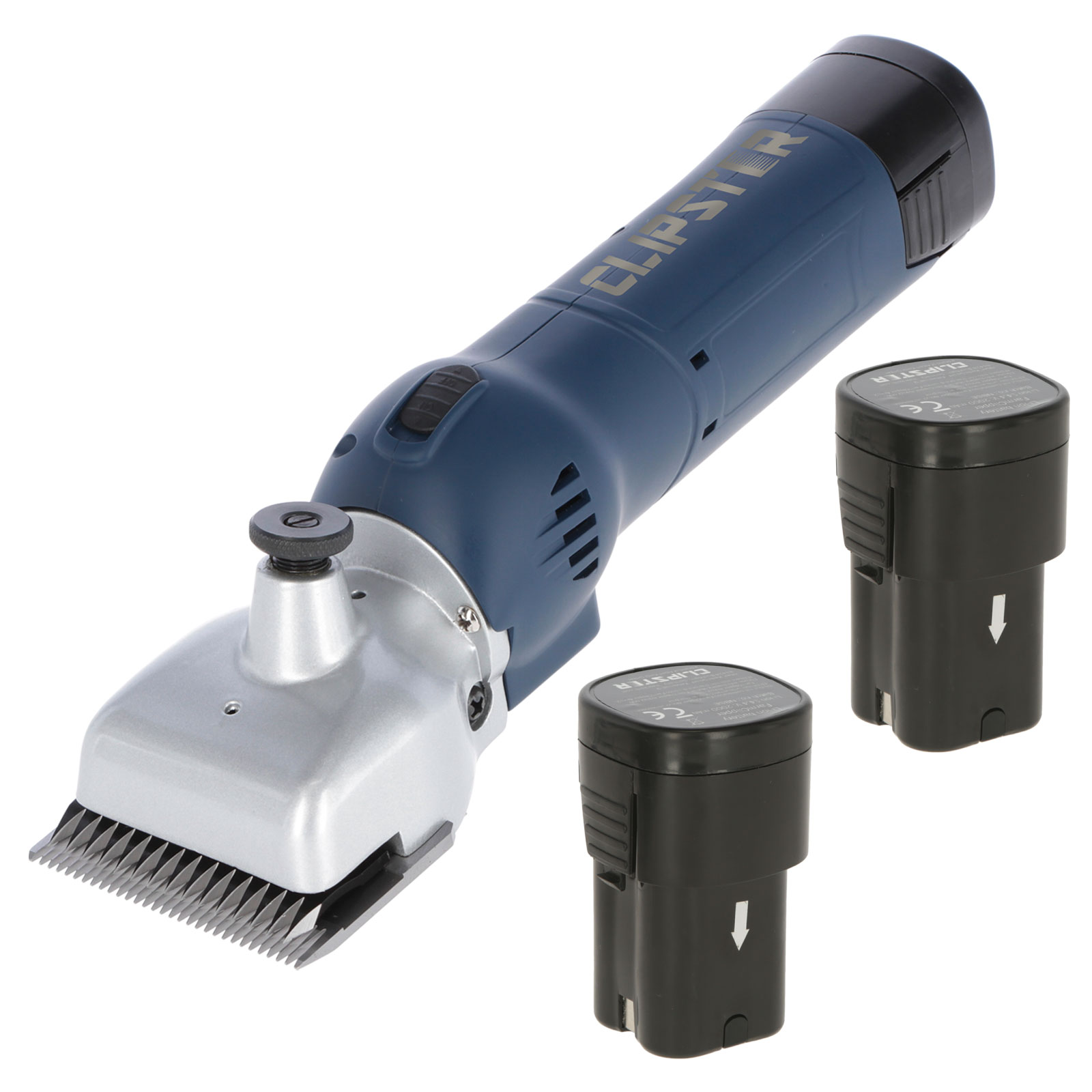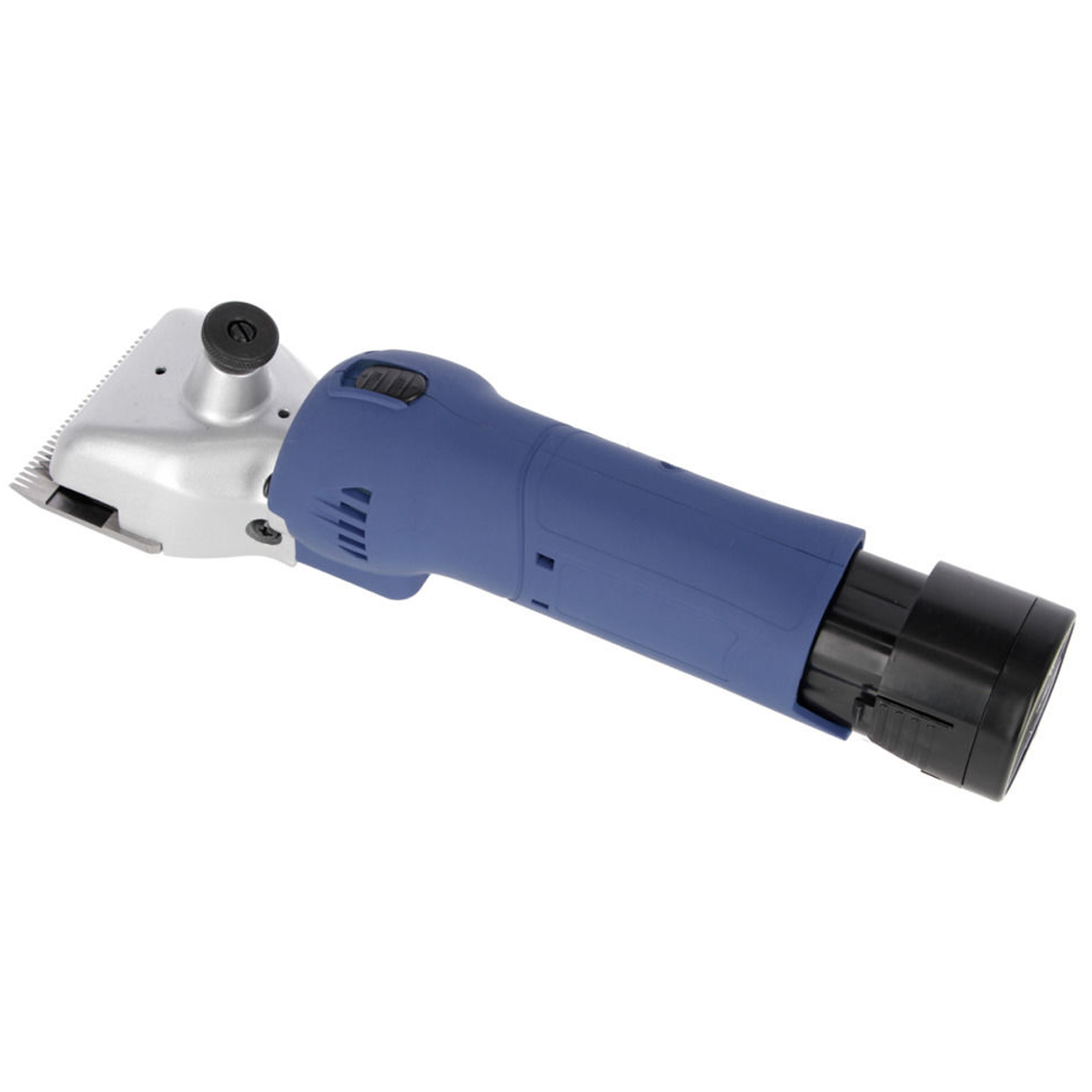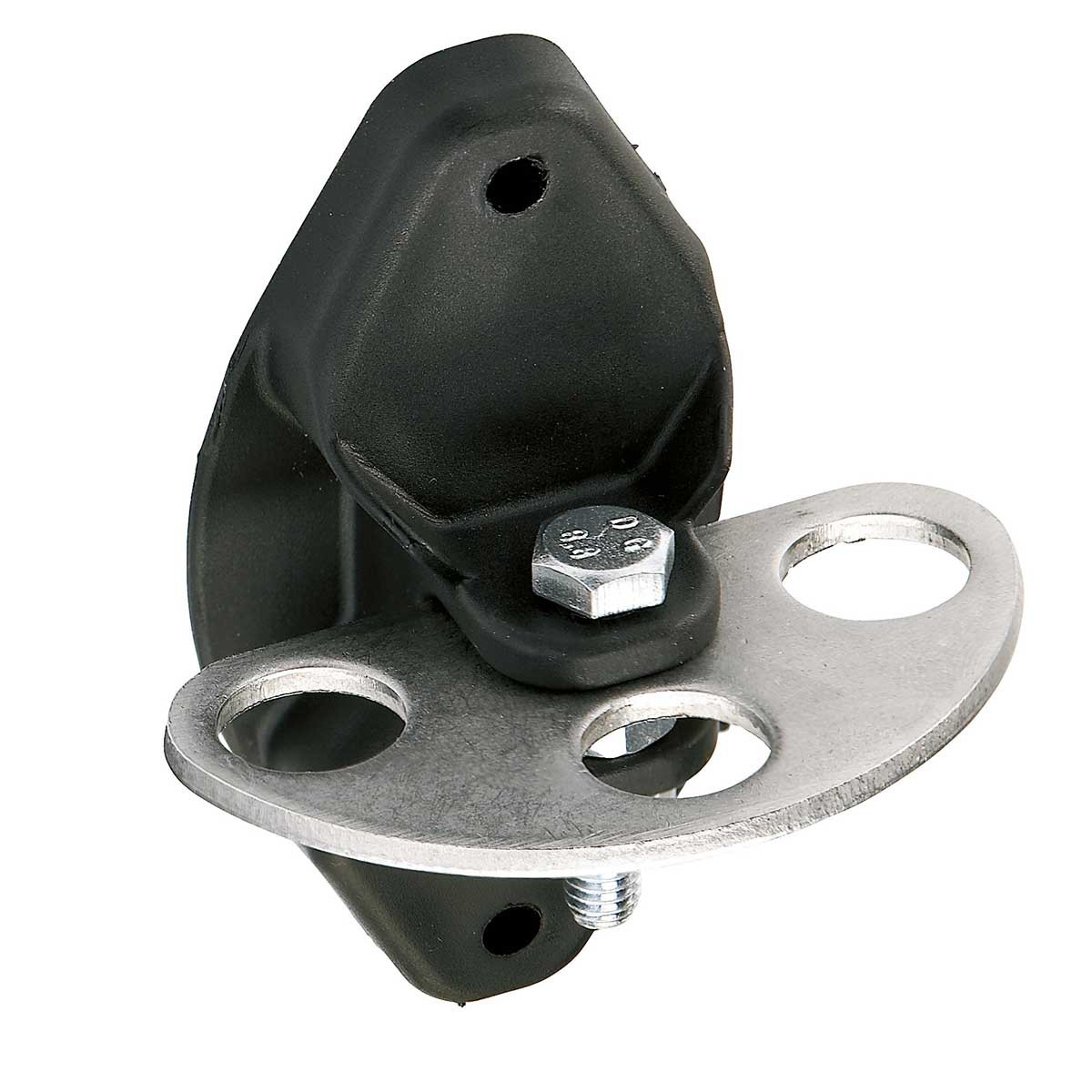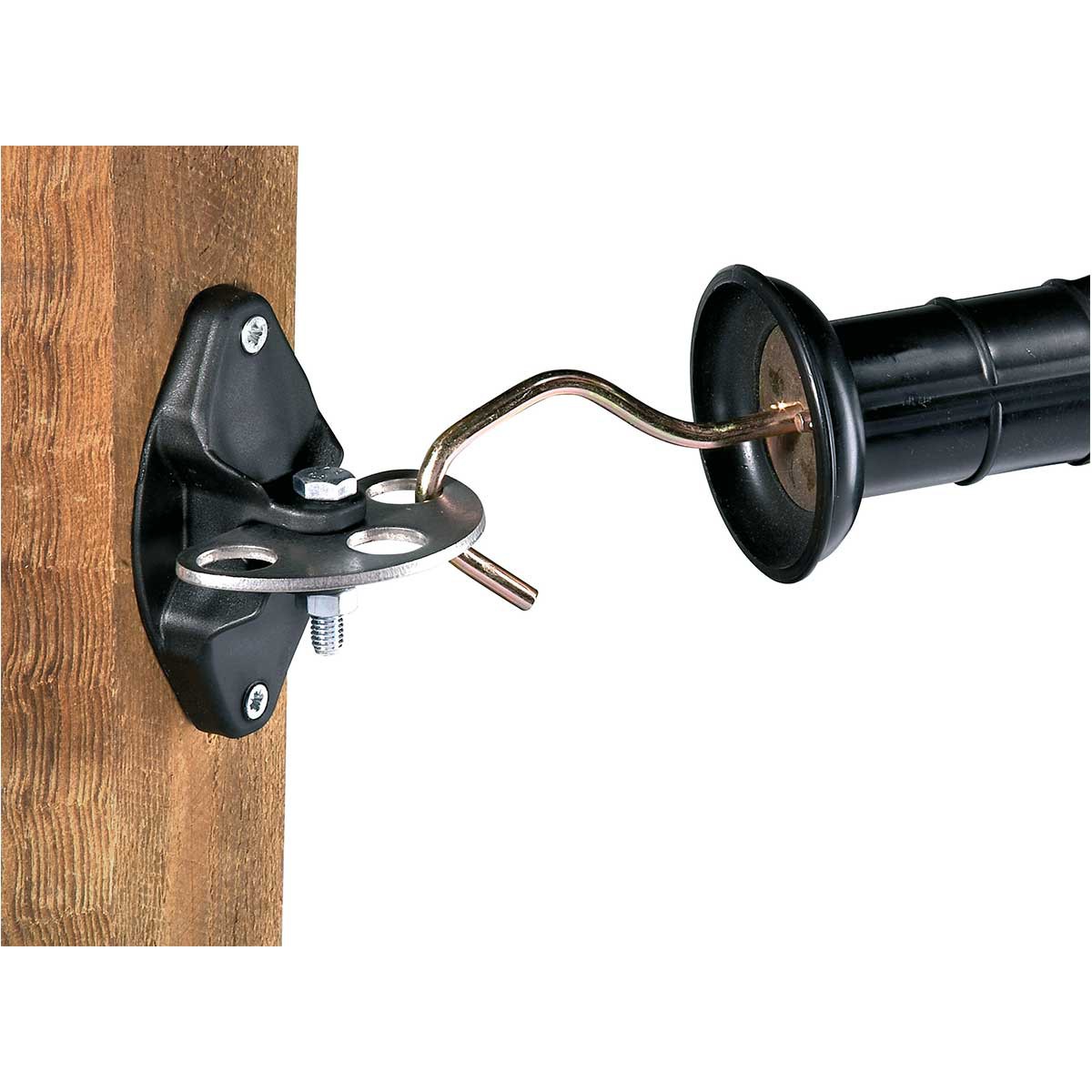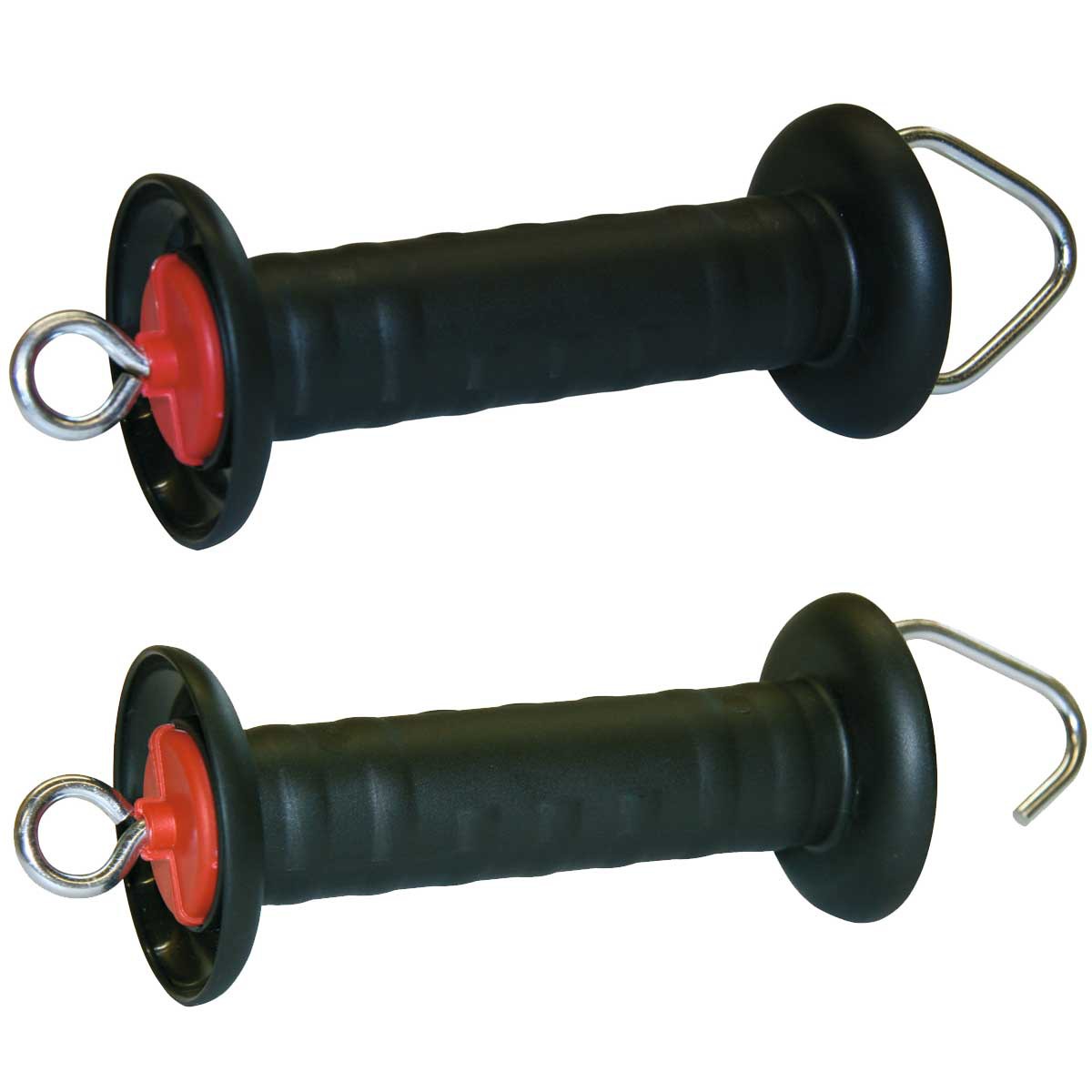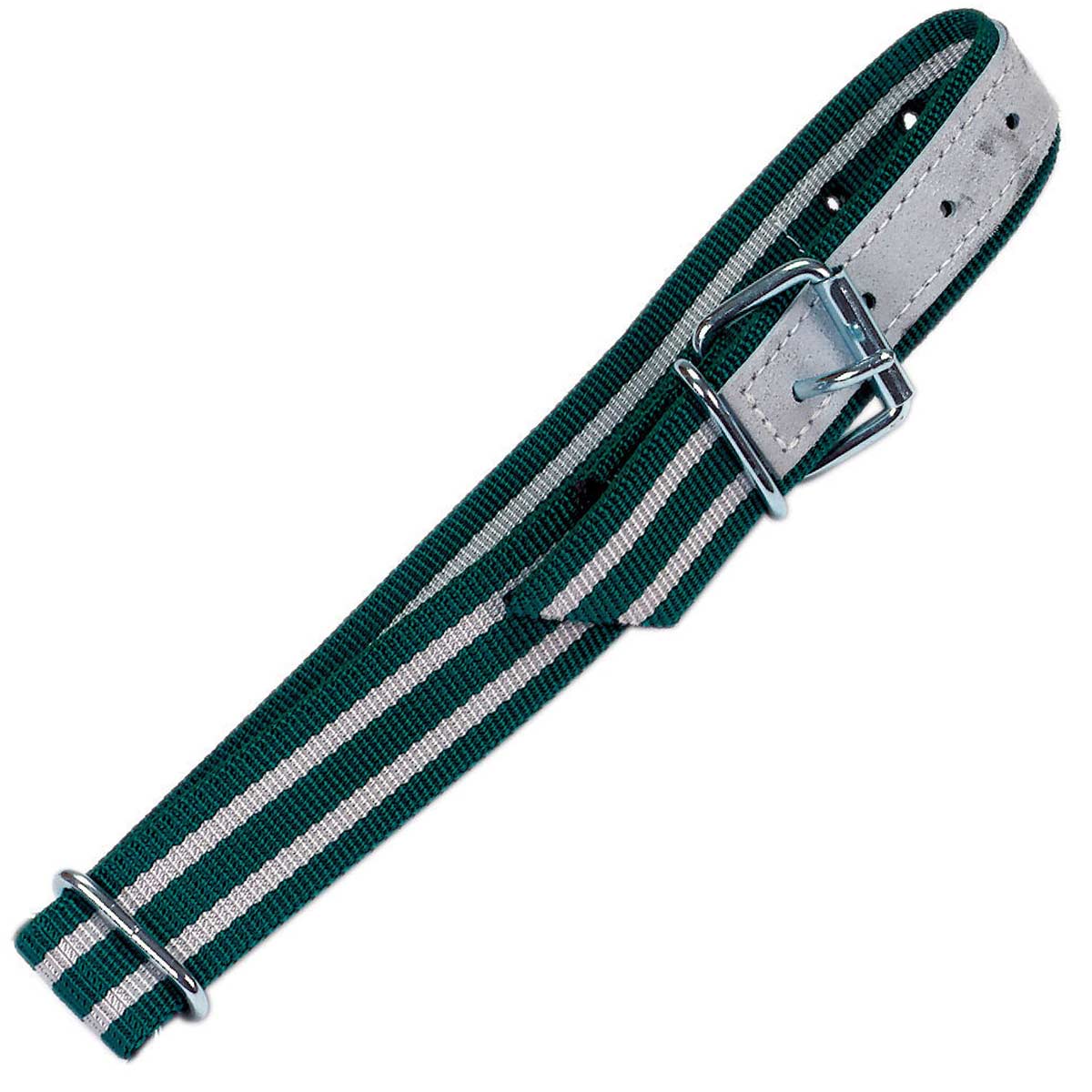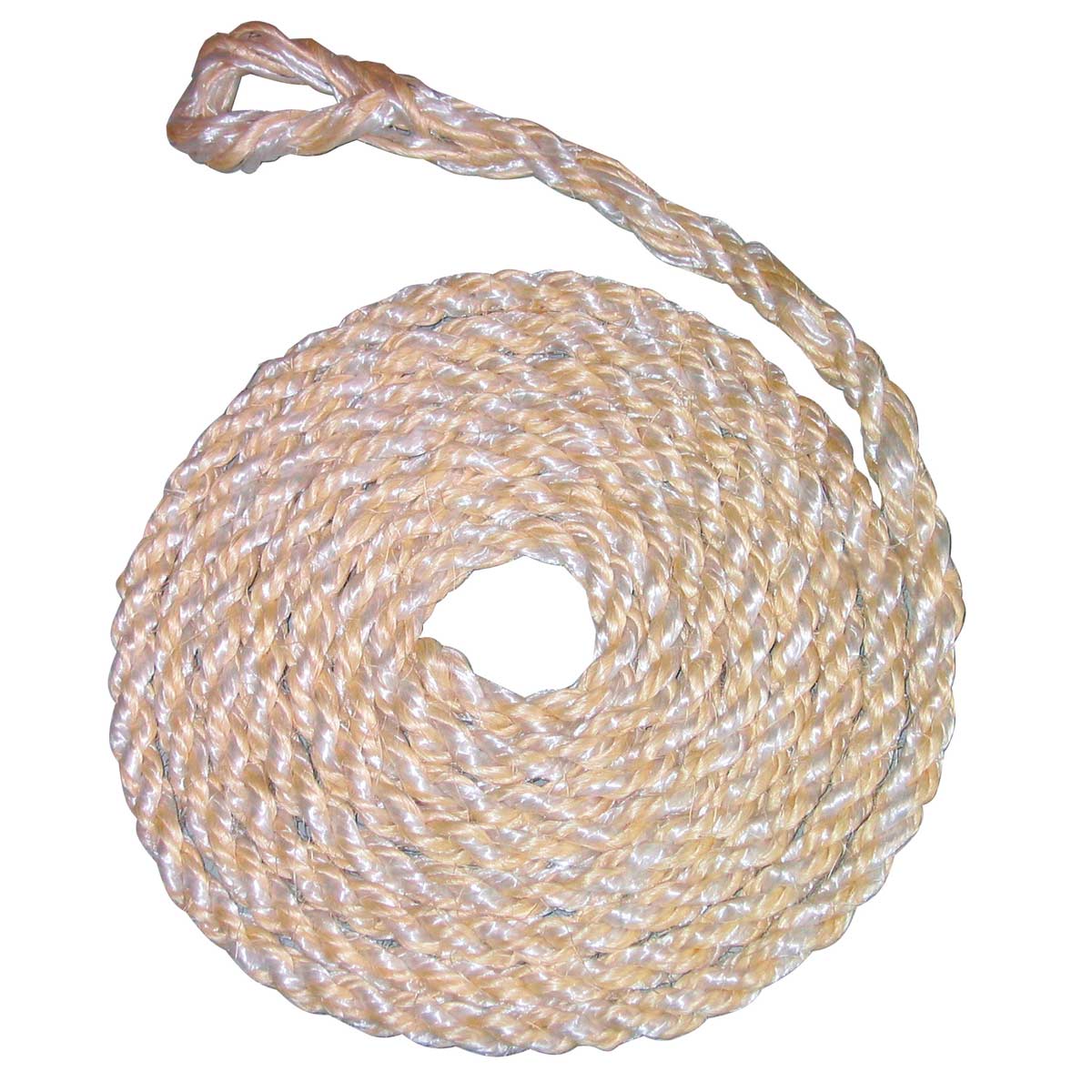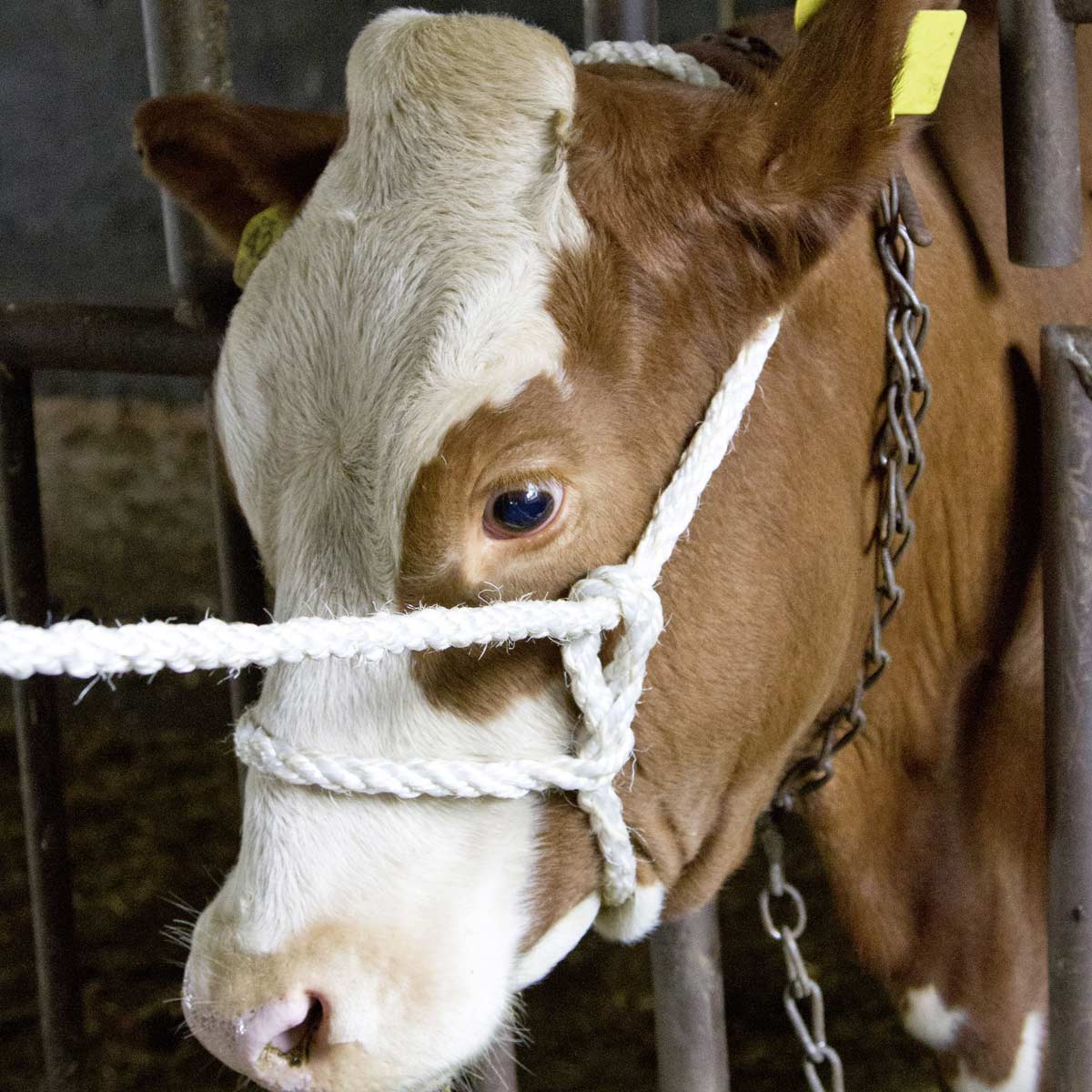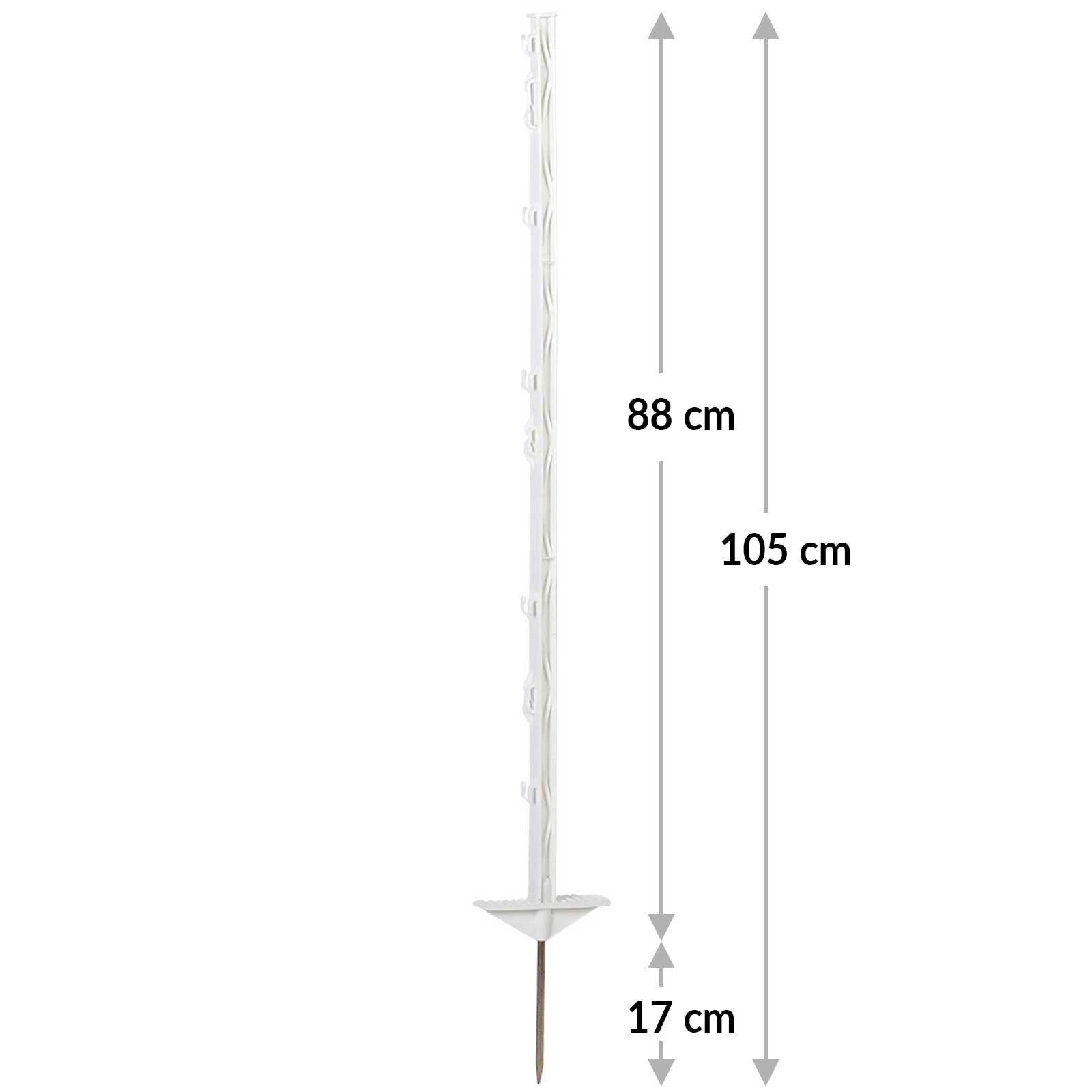Cattle

-
Stable and Farm
- Feed
- Feeding
- Workwear
- Farm Technology
- Farm Supplies
- Courtyard Lighting
- Farm Supplies
- Food Production
- Seeds And Fertilizer
- Pest Control
- Silo Protection
- Stable Floor
- Stable Equipment
- Drinking Technique
- Transport Equipment
- Veterinary Supplies
- Pasture
- Wind Protection
-
Electric Fence
- Electric Fence Device
- Electric Net Fence
- Electric Fence Material
- Electric Fence Insulators
- Electric Fence Posts Horse
- Electric Fence Set
- Electric Fence Gates
- Electric Fence Panels
- Paddock Fences
- Wild Fence
- Electric Fence Accessories
-
Farm Animals
- Cattle
- Sheep
- Goat
- Pig Farming
- Alpaca And Llama
-
Horse
- Horse Feed
- Horse Feeding
- Horse Care And Horse Health
- Horse Keeping
- Horse Stable Lighting
- Horse Fence
- Horse Accessories
- Rider
- Riding Wear
- Equestrian
- Tack Room
- Riding Arena
-
Poultry
- Poultry Feed
- Chicken
- Duck
- Quail
- Chick Rearing
- Drinking Troughs
- Poultry House And Accessories
- Poultry Fence
- Egg Storage And Egg Transport
- Poultry Feeder
- Poultry Troughs
- Poultry House
- Poultry Stable Monitoring
- Poultry Mite Repellent
- Chicken Rings
- Poultry Transport Box
- Poultry Veterinary Supplies
- Plucking Machine
- Grain Mill
-
Pets
- Dog
- Cat
- Rabbits
- Rodents
- Bird
- Wild And Forest
- Sale
Optimal cattle requirements for successful cattle farming
Cattle play a central role in the world of agriculture. Whether it's milk production, meat production or breeding farms, the need for high quality cattle supplies is crucial to the success of any farmer. From calf rearing to dairy farming, efficient and sustainable cattle farming relies on the best products and equipment.
Cow and calf rearing: The beginning of a life cycle
All successful cattle farming begins with calf rearing. Young calves require special care and an adapted diet. With the right accessories for pasture and barn, you can ensure that the calves grow up healthy and mature into strong, productive cows.
Dairy farming: maximum efficiency and quality
Milk is an essential product in our diet and dairy farming ensures that we have a continuous supply of high-quality milk. With the right cattle supplies, farmers can optimize milk production while ensuring the well-being of their cows.
Stable equipment for cattle for sustainable cattle farming
Cattle farming is more than just caring for animals. It requires a deep understanding of the needs of cows and best farming practices. With the right products, farmers can ensure that their farms are both productive and sustainable.
FAQ - Cattle
What equipment is essential for calf rearing?
Special drinkers, heat lamps, housing requirements and adapted feeding systems are important for successful calf rearing. They should also always be well protected. We have calf hutches, calf boxes and calf blankets in our range for this purpose.
How can I optimize the milk production of my cows?
Optimizing milk production requires a balanced diet, regular health checks, high-quality cattle supplies and appropriate milking techniques.
What are the key components for sustainable cattle farming?
The key components include species-appropriate husbandry, sustainable feed sources, regular animal health checks and the use of environmentally friendly cattle supplies.


